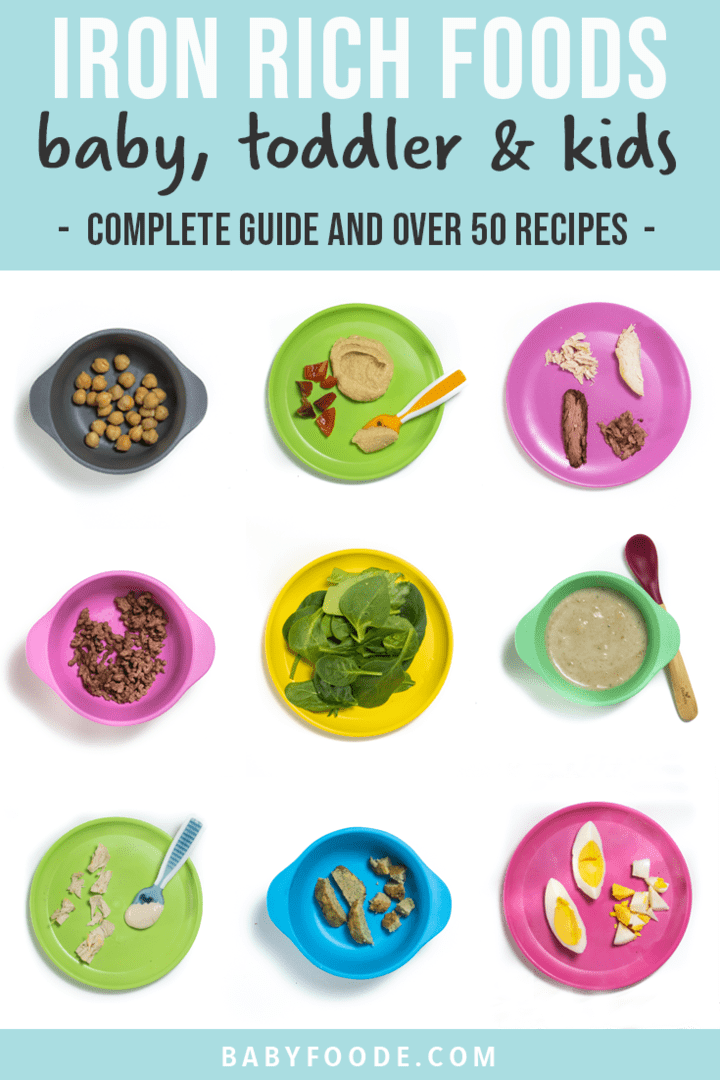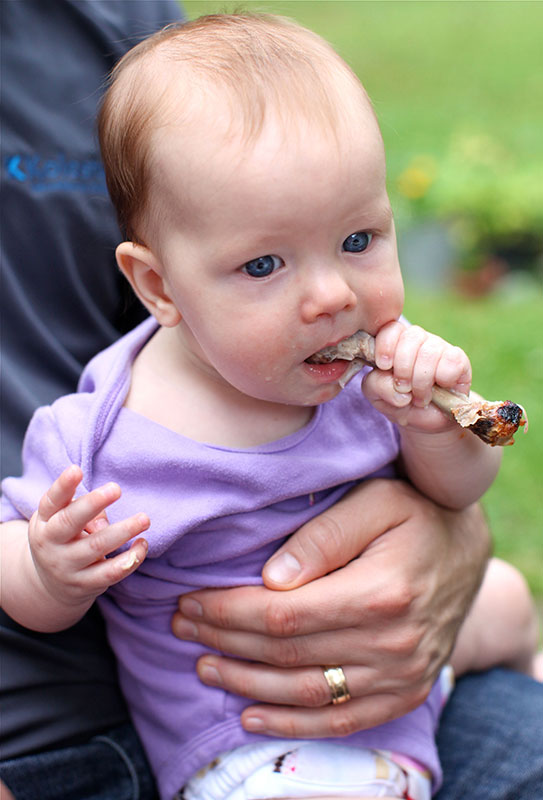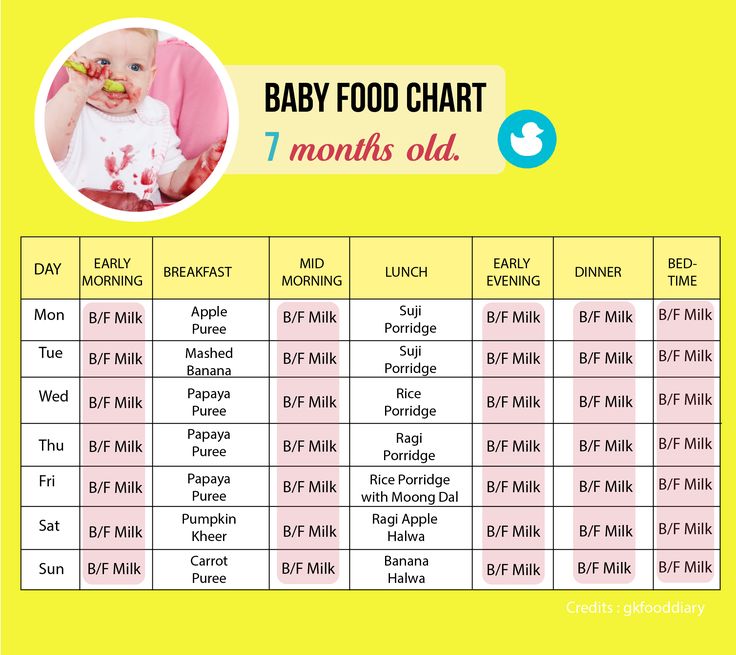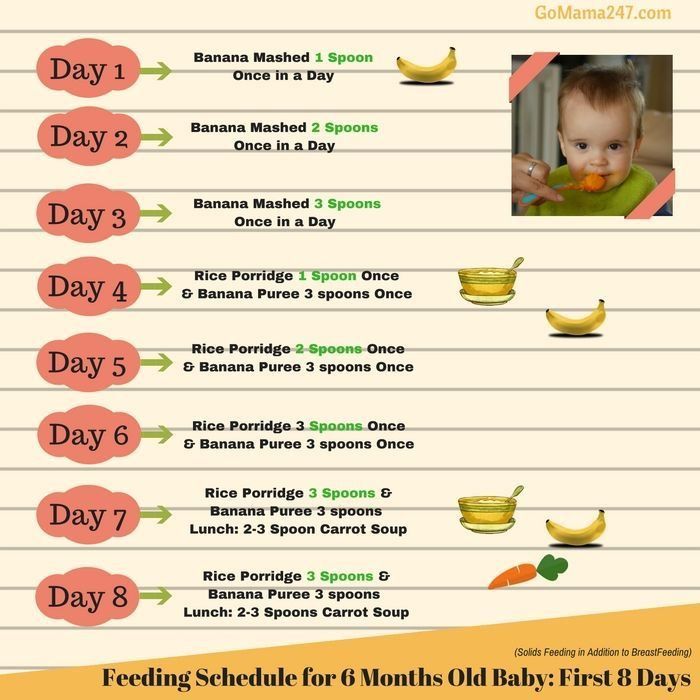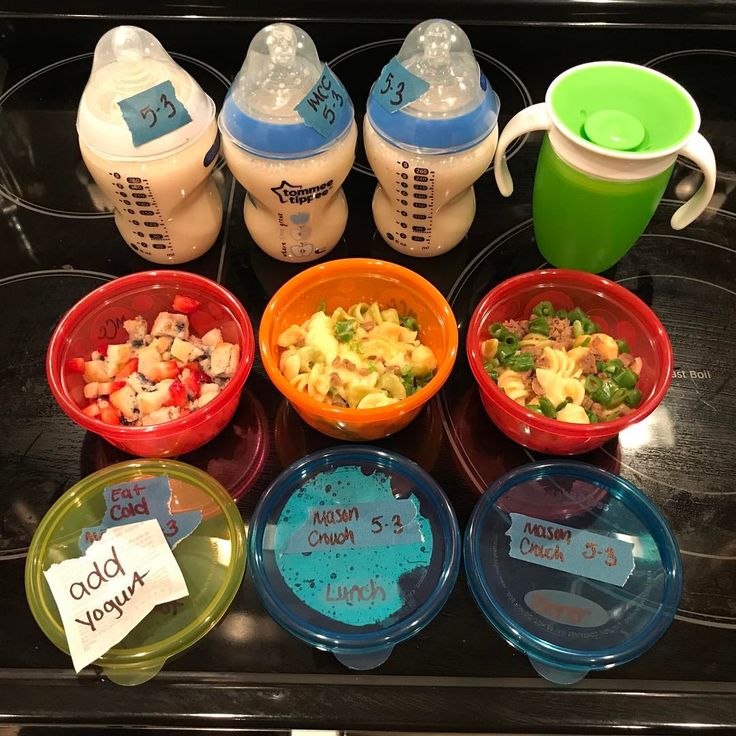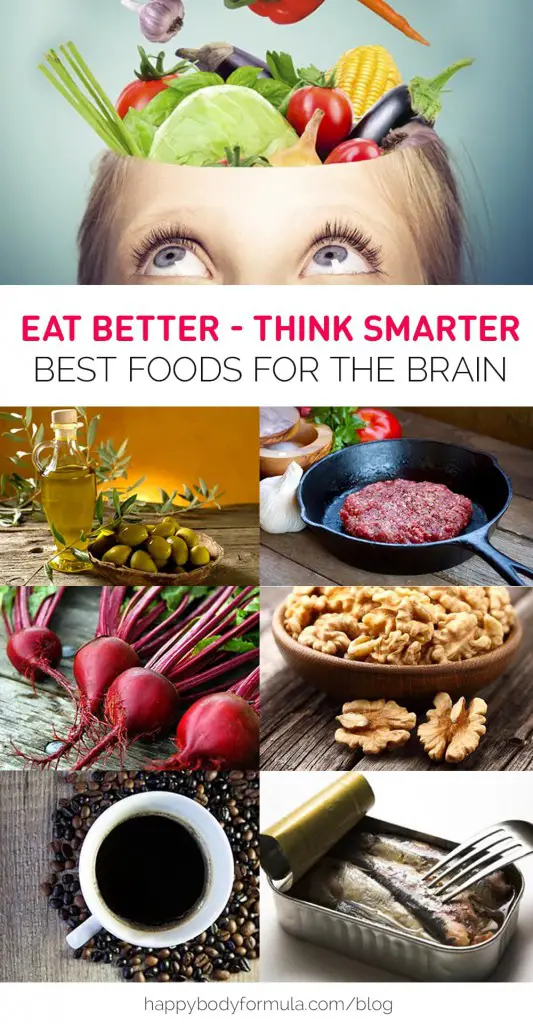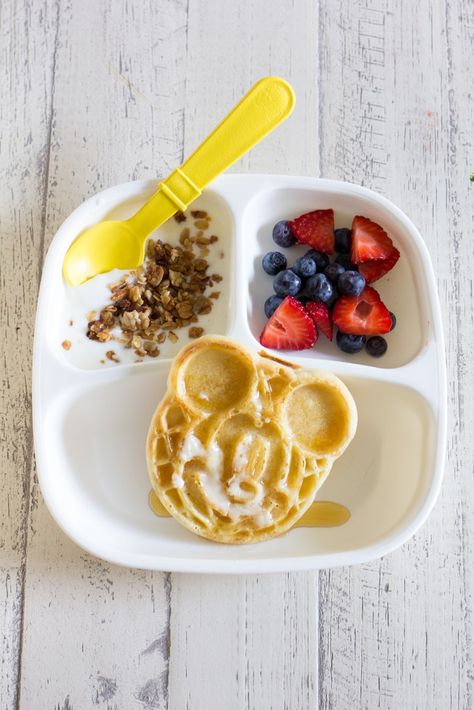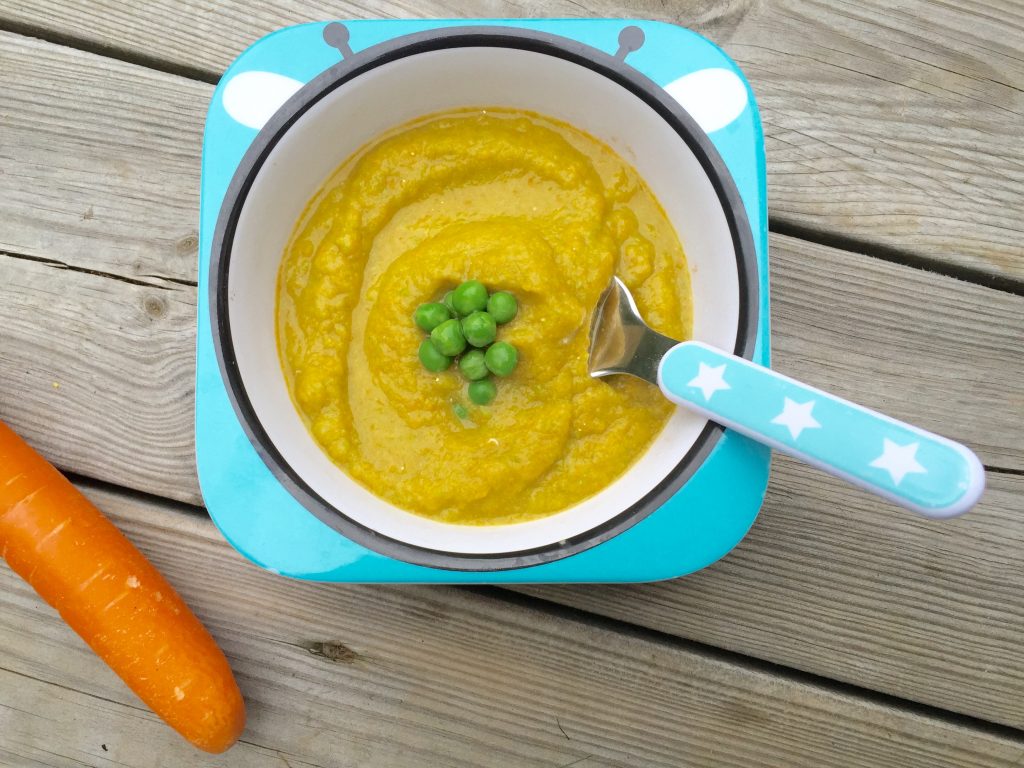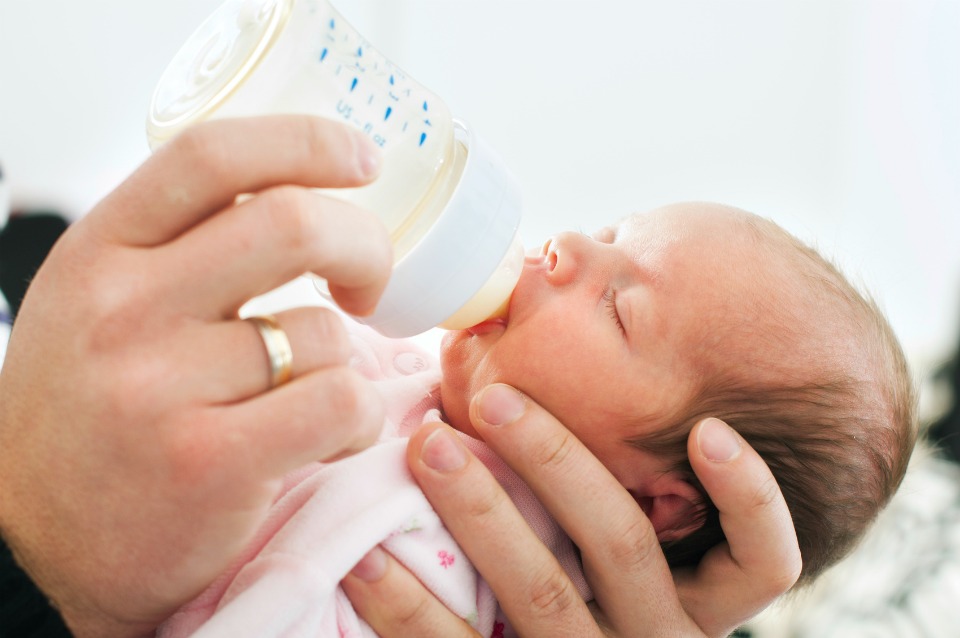Iron baby food recipes
Guide to Best Iron-Rich Foods for Babies, Toddlers & Kids
Home » Recipes by Age » 6-9 Months » Best Iron-Rich Foods for Babies, Toddlers & Kids
In this complete guide to iron-rich foods, we will go over everything you need to know about what iron is, how much baby, toddler, and kids need in their diets, lists of the best iron-rich foods, plus over 50 easy iron-rich recipes that contain both animal and plant-based iron sources.
Medically reviewed and co-written by Jamie Johnson, Registered Dietitian Nutritionist (RDN)
Iron Rich Foods for BabyConfused about what iron is and why your child needs it? Then you have come to the right place!
Iron is essential for growing babies, toddlers, and kids, as it helps with brain development. It’s also essential for producing red blood cells, which sends oxygen from our lungs to different parts of the body. While babies are born with enough iron stores to last them until 6 months of age, it is important to make sure you are providing enough iron in their diets after their iron reserves are depleted.
In this complete guide to iron, we will go over everything you need to know about what iron is, how much baby, toddler, and kids need in their diets, lists of the best iron-rich foods, plus over 50 easy iron-rich recipes that contain both animal and plant-based iron sources.
Check it out! Looking for even more great recipes for your little one, then be sure to check out my best-selling cookbook for even more information and recipes.
Iron Rich Foods Video
Watch to see what iron-rich foods are best for your baby or toddler.
Why is Iron Important?Iron plays a role in many different functions in our body. Most notably, it is important in producing red blood cells, which carry oxygen from our lungs to different parts of the body. Iron helps support the immune system and helps regulate body temperature. It’s also needed for brain development and maintaining healthy hair, skin, and nails, and making hormones.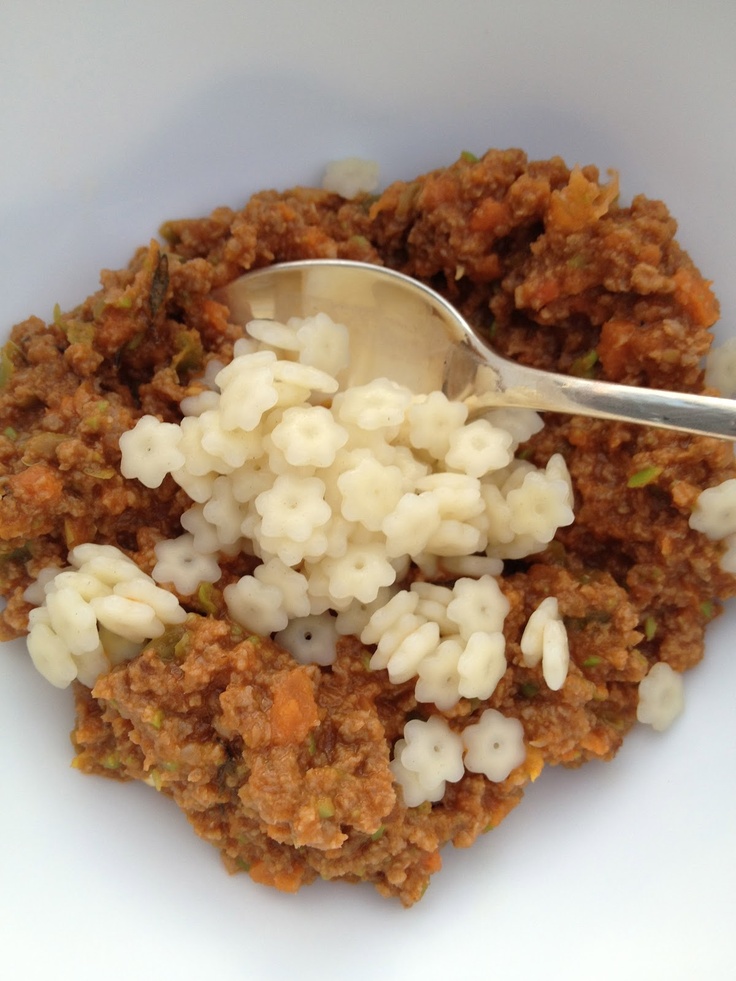
Iron deficiency anemia happens when there is not enough iron in the body to properly make red blood cells. This can affect brain growth and development in children, which can lead to learning and behavioral problems. Some side effects of iron deficiency anemia are fatigue, weakness, irritability, pale skin, fast heartbeat, cold hands and feet, more frequent infections, brittle nails, headaches, poor appetite, or cravings for non-food items like ice or dirt.
Babies who drink cow’s milk before the age of 1 (which is not recommended) and toddlers who drink too much cow’s milk are at risk of developing iron-deficiency anemia because it can interfere with iron absorption. Ensure your toddler is not drinking more than 16-24 ounces a day of cow’s milk.
- Pale skin
- Weakness
- Fatigue
- Cold hands and feet
- Slowed growth and development
- Poor appetite or craving non-food items (like ice or dirt)
- Brittle nails
Most infants are usually screened for iron-deficiency anemia by 12 months of age, but if these symptoms sound like they are describing your baby, please contact your pediatrician.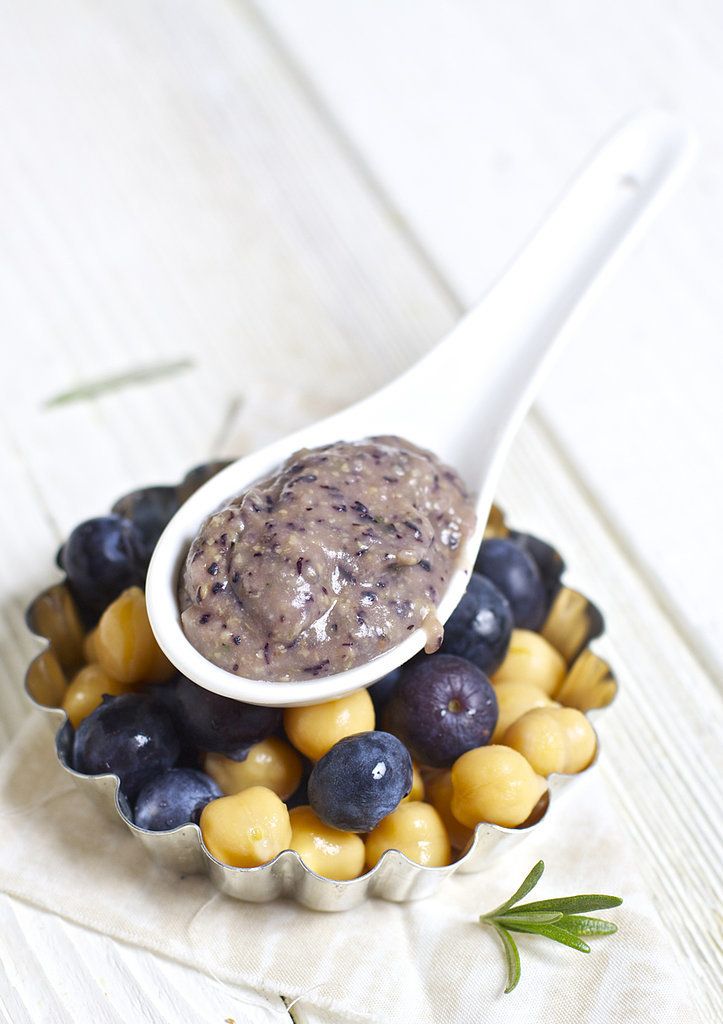
Babies usually have enough iron stores to get them through their first four-six months. If your baby is breastfed, it is important to give baby iron-rich foods when they are ready to start solids or give a supplement. This is because breast milk lacks iron. On the other hand, most infant formulas are fortified with iron, so this is not as much of a concern for these babies. In many cases, a diet full of iron-rich foods can raise iron levels to where they need to be. But your baby may need an iron supplement if her iron is low enough to warrant one, and your pediatrician feels that diet alone may not be enough to raise it. Your pediatrician may also recommend a supplement if your baby is premature, has a low birth weight or has a health condition that affects iron absorption.
How Much Iron Does my Baby or Child Need?Infants 0-6 Months: need .27 mg a day, which is usually met through breastfeeding or iron-fortified infant formula.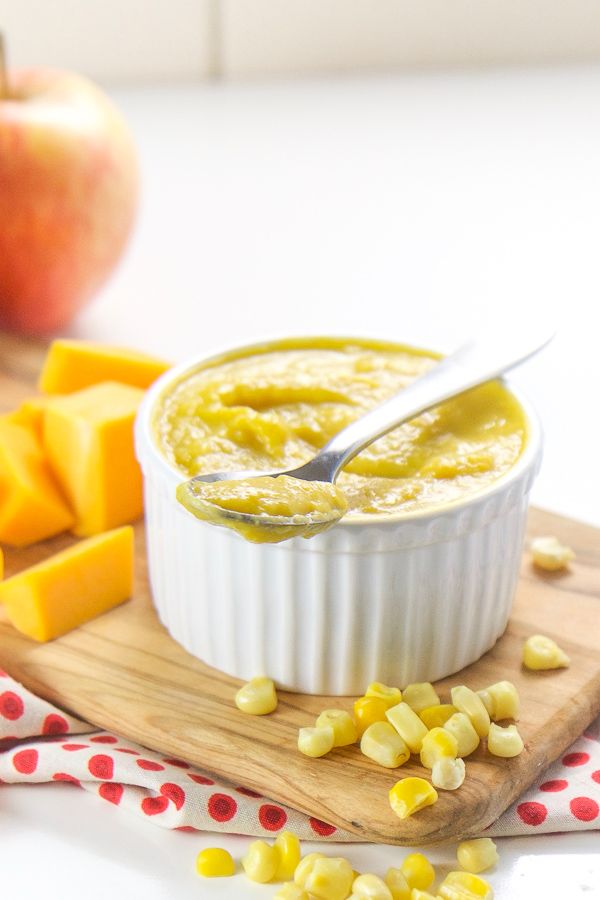 After six months, natural iron stores are depleted and iron needs increase due to rapid growth of your child.
After six months, natural iron stores are depleted and iron needs increase due to rapid growth of your child.
Infants 7-12 Months: need 11 mg a day, which can be met with complementing breast milk or formula with iron-rich foods or an iron supplement.
Best Iron Rich Foods for BabiesFortunately, there are a ton of great iron-rich foods that are great for your baby as a puree or as a finger food if you are doing baby-led weaning.
- Beef, Pork, Lamb: ground, pureed, served on the bone for baby-led weaning or made into meatballs
- Dark Greens: great in a puree, smoothie or egg muffins
- Lentils: can be added to any puree, or gently mashed and handed to baby as a finger food
- Eggs: pureed, mashed, hardboiled, or scrambled
- Chicken, Turkey: pureed and added to favorite puree, chopped or in strips for blw
- Quinoa: great as baby cereal, or made into a mini muffin
- Beans, Lentils and Tofu: great option to add into a puree or gently mashed and handed to baby
- Broccoli: can be pureed or offered as a finger food
- Sweet Potatoes: can be pureed or offered as a finger food
- Oats: can make your own oatmeal or use instant oatmeal baby cereal
- Fortified Baby Cereal: easy store-bought option
Note: heme iron, most concentrated in animal sources, will be better absorbed by the body, as opposed to nonheme iron, which is mostly found in plant sources.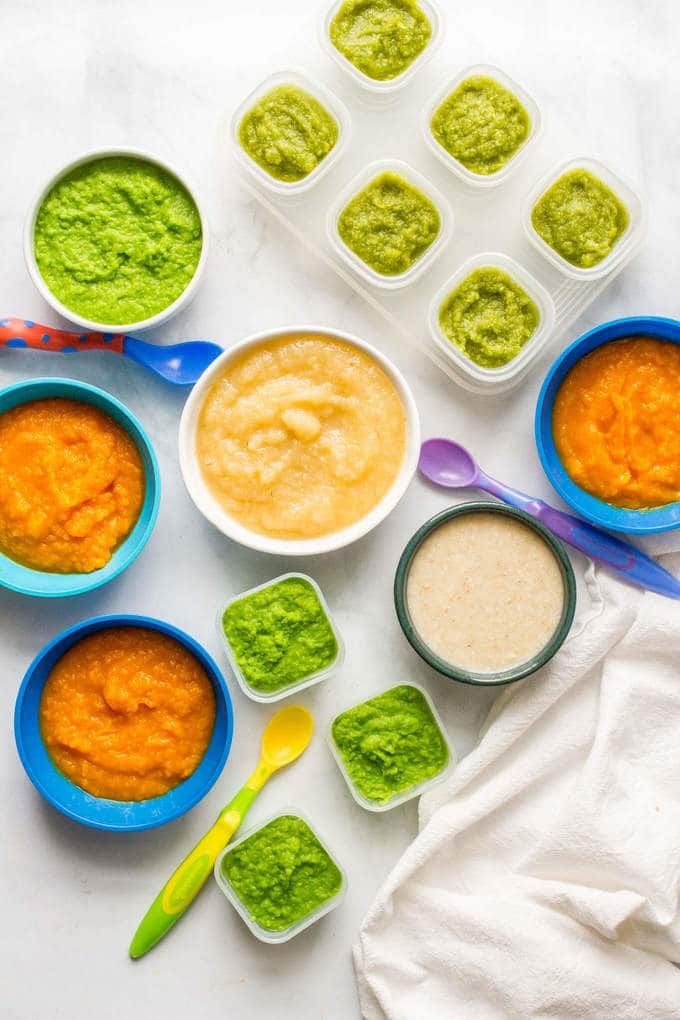 If you do not follow a vegetarian or vegan diet, try to serve a mix of animal and plant sources of iron to your baby.
If you do not follow a vegetarian or vegan diet, try to serve a mix of animal and plant sources of iron to your baby.
Favorite Iron-Rich Recipes
With thousands of views, these recipes are our reader’s favorite recipes.
How to Serve Meat to Baby: Chicken Meatballs
5 stars (9 ratings)
These soft and tender chicken meatballs are a great finger food for babies. Plus, this post has 5 more simple meat recipe ideas for baby – puree, mashed into a chunky puree, served on the bone, shredded, or served in strips as a finger food or for baby-led weaning.
Get the recipe
Scrambled Eggs for Baby
5 stars (5 ratings)
These Easy Scrambled Eggs are the perfect finger-food for baby – soft, fluffy and delicious! Great for Baby-Led Weaning!
Get the recipe
Homemade Quinoa Baby Cereal (4+ months)
4.53 stars (51 ratings)
This smooth and creamy Homemade Quinoa Baby Cereal has an earthy and robust taste and is loaded with protein, fiber, iron, folate and magnesium. It’s great served as a meal itself or mixed with baby’s favorite fruit or vegetable puree.
It’s great served as a meal itself or mixed with baby’s favorite fruit or vegetable puree.
Get the recipe
Spinach Apple Baby Puree (Stage Two)
4.71 stars (37 ratings)
This Spinach Apple Baby Puree is high in iron and a perfect food to introduce to baby around 6 months. With the addition of cinnamon, ginger, and cloves, this stage two combination puree tastes amazing!
Get the recipe
Easy Spinach Muffins
5 stars (7 ratings)
These easy Spinach Muffins are a hit with babies, toddlers and kids! Made with wholesome ingredients and filled with green spinach!
Get the recipe
Best Iron Rich Recipes for Babies- Beef + Sweet Potato Baby Food Puree with Thyme
- Apple Kale Baby Food Puree
- The Best Sweet Potato Baby Food Puree
- Basic Beef Baby Food Puree
- Chicken, Squash + Cauliflower Baby Food
- Mango Kale Baby Food Puree with Ginger
- Spinach Apple Baby Puree
- Baby’s First Spinach Smoothie
- Apple, Spinach + Broccoli Baby Food Puree
- Eggs for Babies – 10 Easy Recipes
- Spinach Avocado Oatmeal Breakfast Cereal for Baby
- Oats, Spinach + Avocado Baby Food Puree
- The Best Broccoli Baby Food
- Sweet Potato for Baby – 6 Delicious Ways
- Spiced Sweet Potato Mini Muffins
- Strawberry Quinoa Breakfast Cereal
- Broccoli, Apple + White Beans for Baby
- Apple, Green Beans and Broccoli Baby Food Puree
- Banana, Tofu + Pear Baby Food Puree
- Easy Scrambled Eggs
- Basic Chicken Baby Food Recipe
- Homemade Quinoa Baby Cereal
- Apple, Carrot + Sweet Potato Baby Food Puree
- Grinch Mini Muffins
- Sweet Potato, Beets + White Beans Baby Food Puree
- 4 Breakfast Egg Muffins
- Kale Pesto Chicken Quesadilla
- Spinach Basil Pesto
- Freezer-Friendly Spinach Waffles
- Easy Blender Spinach Pancakes
- Grinch Mini Muffins
- Baby’s First Chicken Noodle Soup
- Eggs for Babies – 10 Easy Recipes
- Baby’s First Spinach Smoothie
- Broccoli, Apple + White Beans for Baby
- Easy Scrambled Eggs
- Chicken, Squash + Cauliflower Baby Food
- Sweet Potato Pancakes
- Cheesy Broccoli Quinoa Bites
- Monster Frozen Yogurt Bark
- Sweet Potato Wedges
- Chicken Parmesan Meatballs
- 4 Breakfast Egg Muffins
- Avocado Egg Toast
- Broccoli Egg Cups
- Mexican Sweet Potato Boats
- Roasted Broccoli Finger Food
- Mild Curry Chicken & Veggies
- Veggie-Loaded Hummus
- Sweet Potato for Baby – 6 Delicious Ways
- Spiced Sweet Potato Mini Muffins
- Easy Cheesy Garlic Broccoli Pasta
- Baked Seasoned Chicken Tenders
- Baked Seasoned Tofu Nuggets
Children ages 1-3 need 7 mg a day
Children ages 4-8 need 10 mg a day
Children ages 9-13 need 8 mg a day
For reference, here are some of the top foods my kids eat and how much iron they have:
- Peanut Butter: 0.
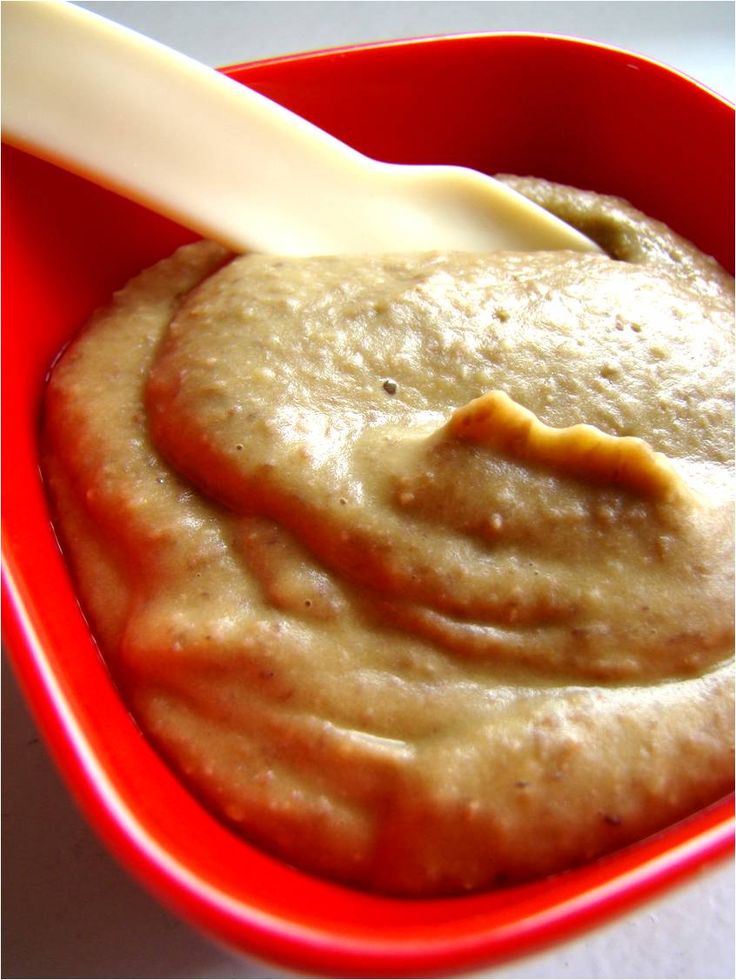 6 mg
6 mg - Cereal (iron-fortified): 3.4 mg
- Chicken: 1.8 mg
- Eggs: 0.6 mg
- Spinach Smoothie: 2.7 mg
Thankfully there are plenty of good sources of iron in easy-to-find and low-cost foods that can be found at most grocery stores. And chances are you are probably already serving some iron-rich foods to your child. An easy way to make sure they are getting enough iron is to aim for them to eat 2-3 servings a day of any of the foods listed below.
While that may seem like a lot, remember that toddler and child portions are generally smaller than you would think, and it may be possible they are already eating the recommended amount.
Serving Sizes for Toddlers and KidsAccording to the American Academy of Pediatrics, these are the recommended serving size for a child between:
1 and 3 years of age
- Grains: 1/4 – 1/2 slice of bread, 1/4 cup of cereal, pasta or rice
- Vegetables: 1 tbsp for each year of age
- Fruit: 1/4 cup canned or 1/2 piece of fresh
- Dairy: 1/2 cup of milk, 1/2 oz cheese, or 1/3 cup of yogurt
- Protein: 1 oz (equal to two 1-inch cubes of solid meat or 2 tbsp of ground)
- Eggs: 1/2 any size, yolk and white
- Beans: 2 tbsp
4 and 6 years of age
- Grains: 1/2 slice of bread, 1/3 cup of pasta or rice, 1/2 dry cereal
- Vegetables: 1/4 cup cooked or 1/2 cup salad
- Fruit: 1/3 cup canned or 1/2 piece of fresh
- Dairy: 1/2 cup of milk, 1oz cheese, or 1/2 cup of yogurt
- Protein: 1oz (equal to two 1-inch cubes of solid meat or 2 tbsp of ground)
- Eggs: 1 egg any size, yolk and white
- Beans: 1/3 cup cooked
7 and 10 years of age
- Grains: 1 slice of bread, 1/2 cup of pasta or rice, 1 cup dry cereal
- Vegetables: 1/2 cup cooked or 1 cup salad
- Fruit: 1/3 cup canned or 1 piece of fresh
- Dairy: 1 cup of milk, 1oz cheese or 3/4 cup of yogurt
- Protein: 2-3oz of meat
- Eggs: 1 or 2 eggs
- Beans: 1/3 cup cooked
- Beef, Pork, Lamb
- Dried Fruit: apricots, raisins, prunes, dates, etc
- Dark Greens: spinach, kale, collard green, etc
- Lentils
- Eggs
- Chicken, Turkey
- Quinoa
- Beans, Lentils and Tofu
- Broccoli
- Sweet Potatoes
- Peanut Butter
- Fish and Shellfish
- Iron-Fortified Grains: such as cereals, bread or tortillas
- Kale Pesto Chicken Quesadilla
- Freezer-Friendly Spinach Waffles
- Baby’s First Chicken Noodle Soup
- Kale + Spinach with Apple Quesadilla
- Spinach Basil Pesto
- Eggs for Babies – 10 Easy Recipes
- Green Tropical Smoothie Popsicles
- Easy Blender Spinach Pancakes
- Easy Scrambled Eggs
- Sweet Potato Pancakes
- Mexican Sweet Potato Boats
- Chicken Parmesan Meatballs
- Easy Cheesy Garlic Broccoli Pasta
- Veggie-Loaded Hummus
- Cheesy Broccoli Quinoa Bites
- Mild Curry Chicken & Veggies
- Baked Seasoned Tofu Nuggets
- Healthy Chicken Nuggets with Green Bean “Fries”
- Black Bean Tostadas with Strawberry Salsa
- 3 Green Smoothies for Toddler + Kids
- Broccoli Egg Cups
To achieve maximum absorption, it is important to serve foods with vitamin C alongside foods with iron.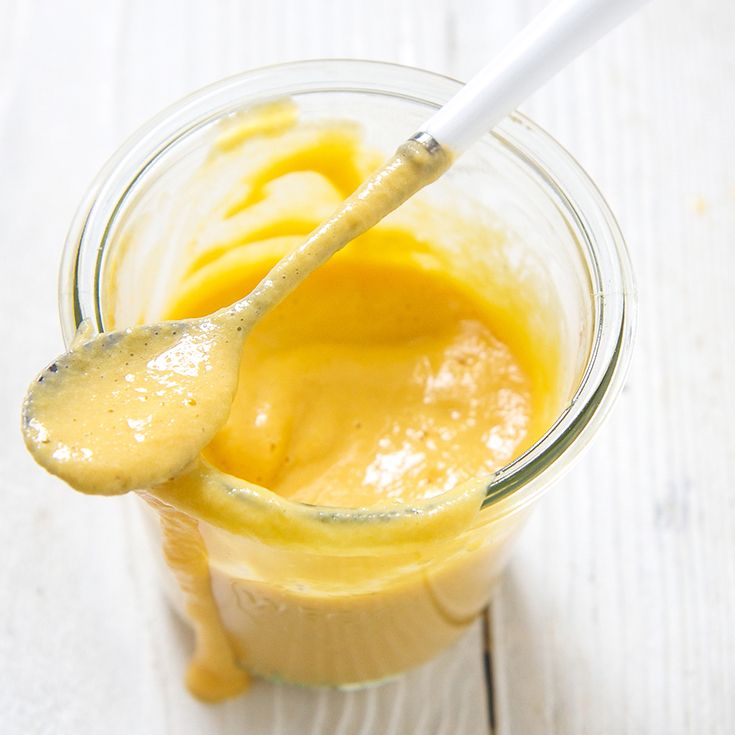 Here is a list of foods that are high in vitamin C.
Here is a list of foods that are high in vitamin C.
- Red and Green Bell Peppers
- Kiwi
- Oranges
- Strawberries
- Broccoli
- Kale
- Pineapple
- Cauliflower
- Mango
- Peas
- Tomatoes
Some great combinations would be to add in chopped red or green peppers while cooking ground beef or chicken, adding in oranges to a spinach smoothie, cooking broccoli and egg cups, serving a piece of fortified bread with peanut butter with a side of pineapple chunks as a snack, etc. There are plenty of easy options that allow you to get both vitamin C and iron into your child’s diet.
- 6 large eggs
- 1/4 cup milk, regular, almond, coconut, hemp, etc
- 1/2 cup broccoli, chopped
- 1/2 cup cheddar cheese, shredded
- salt and pepper to taste, optional
Prep: Heat oven to 375 degrees.
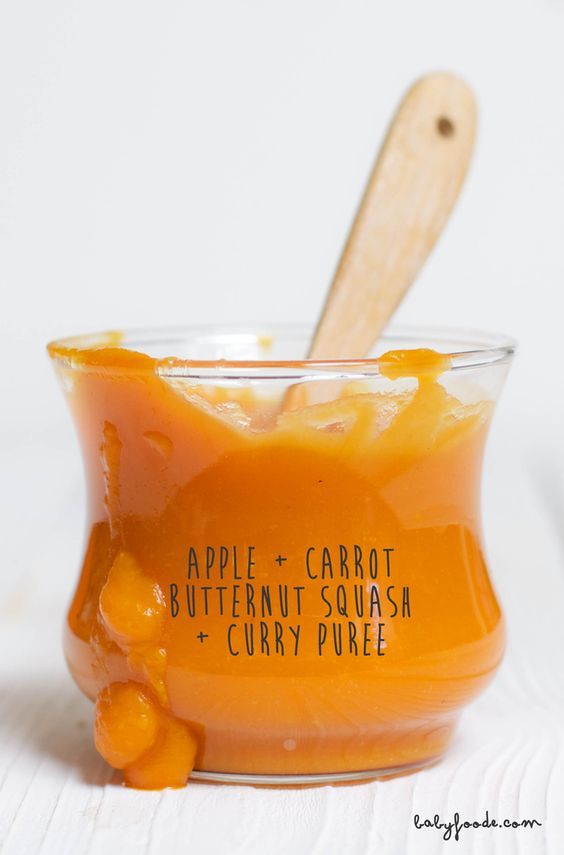 Line 8 muffin tins with silicone muffin molds or generously spray with cooking oil to prevent sticking.
Line 8 muffin tins with silicone muffin molds or generously spray with cooking oil to prevent sticking.Whisk: In a medium bowl, whisk the eggs and milk together.
Stir: Add in the broccoli, cheese, salt and pepper and stir until combined.
Pour: Carefully pour the egg mixture into the muffin tins until 3/4 the way full.
Bake: place the muffin tin in the oven and bake for 20-25 minutes or until eggs have set and the cheese is golden brown.
Age: 6+ months
Storage: in an air-tight container in the fridge for up to 5 days or in the freezer for up to 2 months.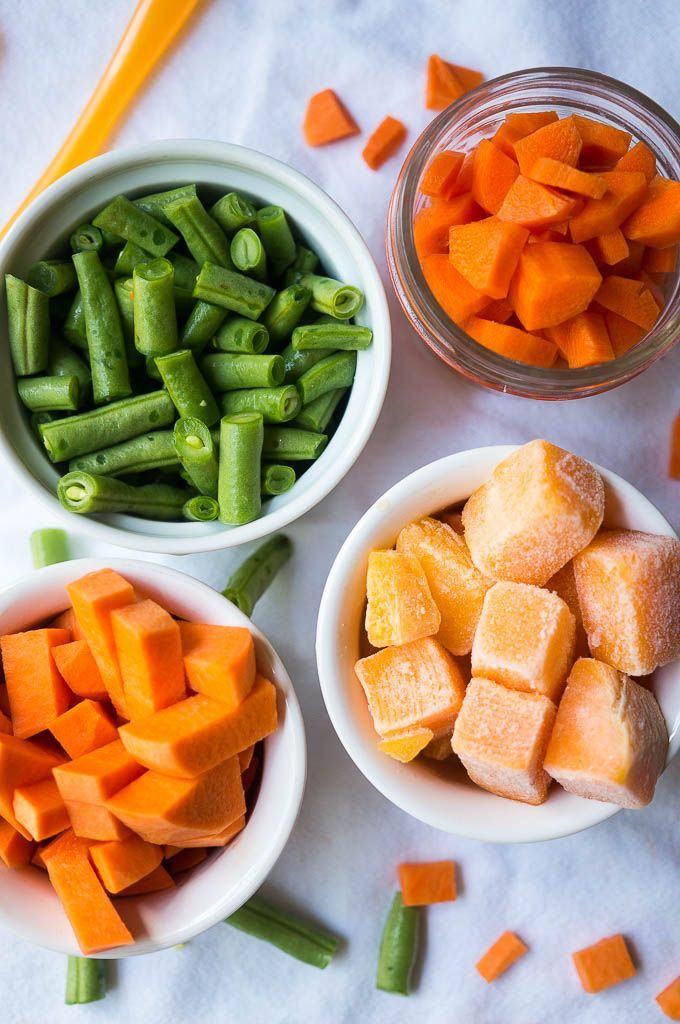
Reheat Frozen: to reheat the frozen egg cups, simply place on a microwave-safe plate and microwave in 30-second intervals until warm.
Stackable Glass Bowl Set
Muffin Pan
Silicone Muffin Cups
Bumkins Grip Plate
Did you make this recipe?
Tag @babyfoode on Instagram and hashtag it #babyfoode!
Pin Recipe Email a Friend
Best Iron Rich Foods for Babies and Toddlers (50+ recipes)
Regardless of which feeding approach you choose, purees or baby led weaning, introducing iron rich foods from the start is extremely important. Here is a list of top foods and recipes for babies and toddlers.
Jump to:- Best Sources of Iron for Babies and Toddlers
- Iron for babies and toddlers
- How much iron does a baby or toddler need?
- Signs of iron deficiency anemia
- Top Tips to help increase iron level
- Best Vitamin C Rich foods
- Iron-Rich Food Ideas for Vegetarian Babies and Toddlers
- Frequently Asked Questions
- Iron-rich recipes for Babies and Toddlers
- 3 Month Meal Plan for Babies
Best Sources of Iron for Babies and Toddlers
There are two types of iron, heme (from animal products) and non-heme (found in plant foods).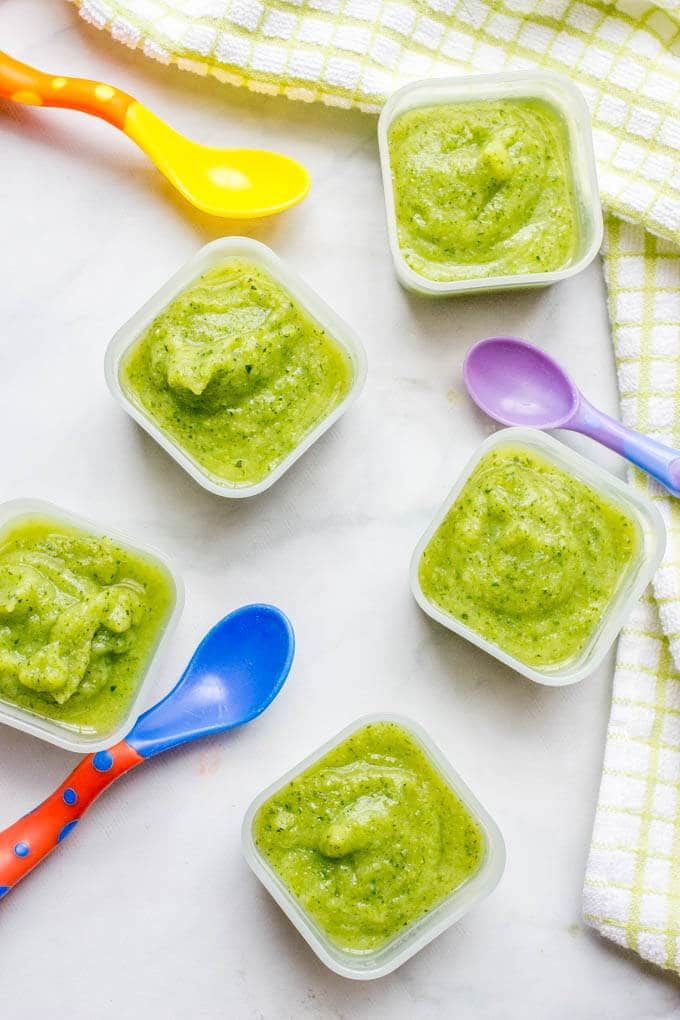
While heme iron is better absorbed by the body than non-heme iron, that doesn't mean you should focus all your efforts on serving meat to your child.
Always aim for variety and be sure to offer an iron-rich food at every meal! There are plenty of choices as listed here that will help meet your baby's needs.
Heme IronClick on any of the links to learn exactly how to cook and serve the specific food to your baby!
- Red meat (beef, lamb, pork, venison. Chicken liver and other organ meats contain the highest)
- Chicken
- Turkey
- Eggs
- Seafood (salmon, sardines)
Non heme Iron
- Lentils
- Beans (particularly white, chickpeas, kidney beans)
- Tofu
- Nuts and seeds (particularly almonds, cashews, pine nuts, hemp, flax, sesame, and pumpkin seeds)
- Dark green leafy vegetables
- Whole grains - (particularly amaranth, spelt, oats, and quinoa)
- Fortified baby cereals
Iron-Rich Vegetables
- Dark leafy greens – Dandelion, swiss chard, collard, kale, spinach, beet greens
- Baked potato
- Asparagus
- Broccoli
- Cabbage
- Peas
- Mushrooms
- Tomato paste - raw tomatoes contain very little iron.
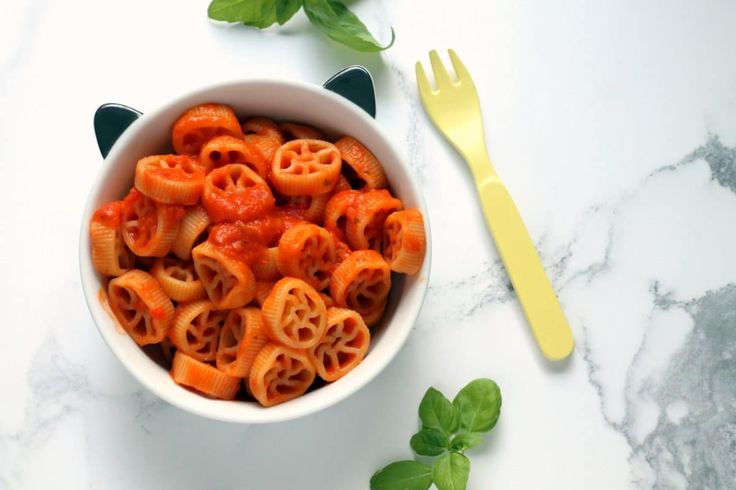 But when dried or concentrated, they are a great source!
But when dried or concentrated, they are a great source!
Iron-Rich Fruits
Generally, fruits are not good sources. These are the top choices:
- Prune juice
- Dried fruits (particularly apricots, dates, figs, raisins)
But a lot of fruits contain vitamin C, which will aid in iron absorption.
Iron for babies and toddlers
Iron is essential for producing red blood cells that carry oxygen from the lungs to all parts of the body. It’s also important for optimal brain development.
Iron is also one of the primary reasons that we start solid foods when we do. Babies are born with iron stores built up during their time in the womb. And this is why moms need to maintain a healthy iron status during pregnancy.
But by 6 months of age, it becomes depleted. At the same time, their iron needs increase drastically to support their rapid growth and development.
Inadequate iron intake in infanthood and childhood can lead to cognitive, including decreased attention and memory, as well as behavioral impairment, such as delayed attention, social withdrawal, and learning difficulties.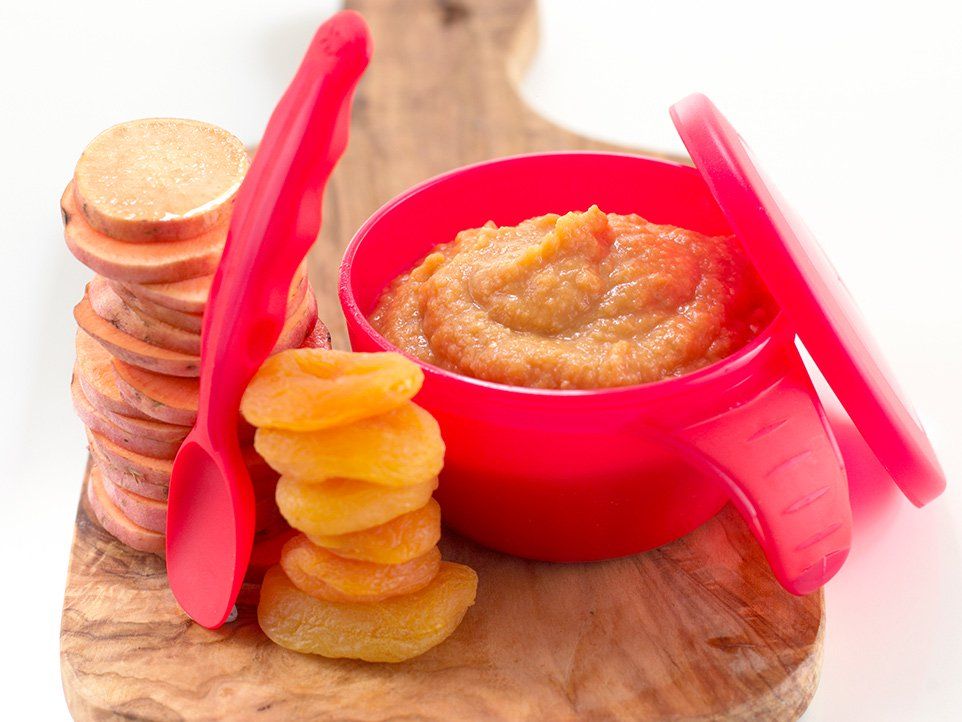
Top foods for 8 month old baby
How much iron does a baby or toddler need?
From the American Academy of Pediatrics:
- Birth-6 months: .25 mg
- 7-12 months: 11 mg
- 1-3 years: 7 mg. While there's so much focus on iron for babies, toddlers deserve the same degree of attention. Research shows that this age group have the lowest daily iron intake of any age group across the lifespan.
To give you context:
- 3 ounces steak: 2.5 mg of iron
- ¼ cup cannellini beans: 2 mg
- ½ of egg: .5 mg
- 3 tablespoons fortified infant oat cereal: 5 mg
- 3 ounces chicken liver: 9.9 mg
- 3 ounces salmon: .8 mg
- ¼ cup cooked spinach: 2 mg
- 2 ounces chickpea pasta: 3 mg
- ¼ cup raw tofu: 1.6 mg
- 1 teaspoon hemp seeds: .32mg
- ¼ cup cooked lentils: 2 mg
- 2 tbs peanut butter: .6 mg
Now please don’t start calculating and keeping track of how much your baby is getting daily.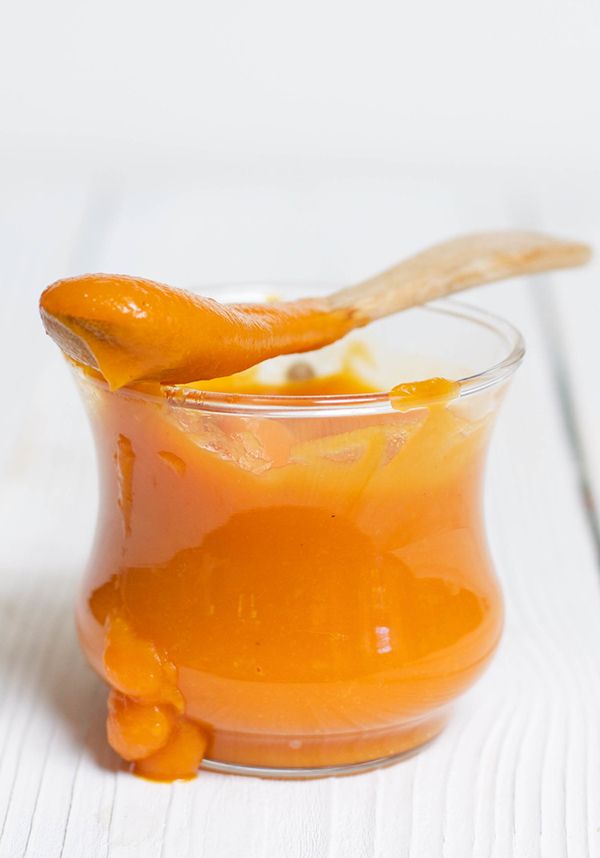 Nor stressing about what inhibits iron and what doesn’t.
Nor stressing about what inhibits iron and what doesn’t.
This will just drive you crazy and lead to lots of anxieties and worries, especially if you are doing baby led weaning and following your baby’s lead.
And don't worry! Your baby won't need 11 mg of iron right away. It is not like once your baby hits 6 months, their iron reserve is completely depleted. It's a gradual process.
What I encourage you to do, once again, is focus on including an iron-rich food at every meal! All those little bites will add up. And as they have more practice with eating, they will be able to meet their iron needs.
- Fatigue, weakness
- Slow weight gain
- Pale skin
- Irritability (cranky, fussy)
- Shortness of breath
- Cold hands or feet
- No appetite
- For toddlers: difficulty in concentration, shorter attention span
Best First Foods for babies
Top Tips to help increase iron level
- Iron from animal products (heme iron) is absorbed better in the body.
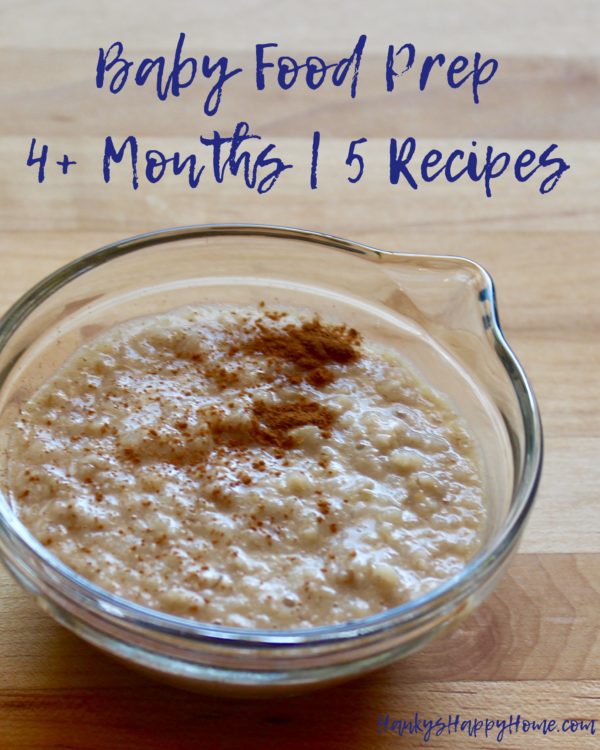
- Be sure to combine plant-based iron (non-heme iron) with vitamin-C rich foods.
- It’s true that calcium inhibits the absorption of iron, but there's no need to go out of your way to make sure you absolutely don’t serve calcium-containing foods with iron-rich foods. There are so many factors that affect iron absorption. Calcium is just one of them. What I do recommend is to not serve both at every single meal. .
- For toddlers, don't serve too much milk.
- Choose fortified products, such as fortified infant cereal or bread.
- Use a cast iron pan: cooking foods in cast iron cookware may increase the iron content of meals by up to 16%
Best Vitamin C Rich foods
- Oranges
- Grapefruit
- Kiwi
- Berries
- Cantaloupe
- Mango
- Pineapple
- Plums
- Tomatoes
- Bell peppers
- Broccoli
- Brussels sprouts
- Kale
- Peas
- Squash
Iron-Rich Food Ideas for Vegetarian Babies and Toddlers
Again, ALWAYS pair non-heme iron sources with Vitamin C rich food.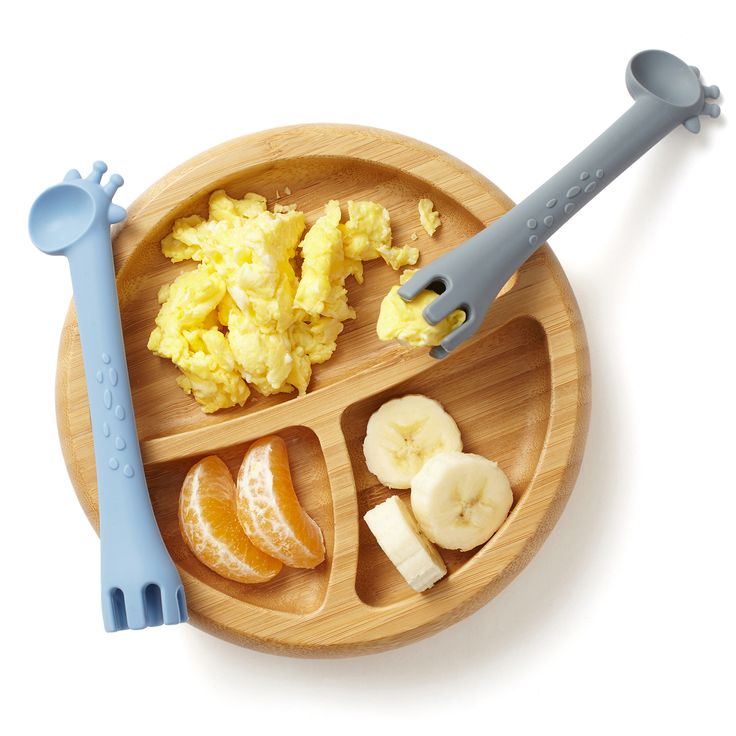 I can't emphasize this enough!
I can't emphasize this enough!
- Pumpkin seed hummus spread on whole grain toast with strawberries
- Iron-rich sauce tossed with legume-based pasta
- Oatmeal with peanut butter, hemp seeds, and mango puree
- Mashed beans with finely chopped kale and quinoa
- Tofu with broccoli and tomato
- Hummus spread on bell pepper strips
- Mashed edamame with sweet potatoes (as a finger food or mashed)
- Lentils with finely chopped broccoli, tahini, garlic powder
- Infant oatmeal cereal with ground flax seeds and sunflower seed butter
Frequently Asked Questions
Does your baby need an iron supplement?
As you can see, the recommended intake is really high relative to how much food they’re likely to eat. If you've decided to do baby led weaning, you may be especially concerned as not much food will actually make it into your baby's belly during the first days, weeks of starting solids.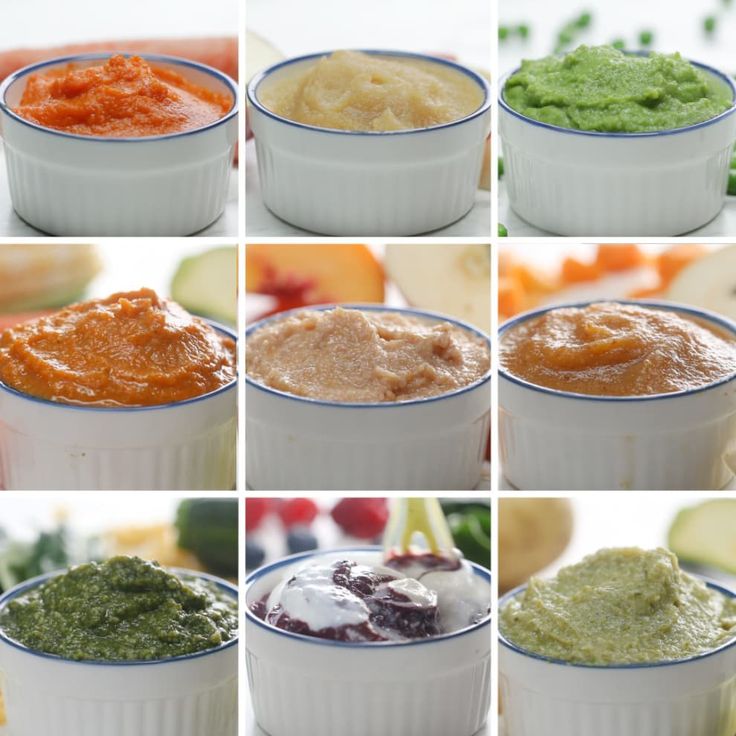
As long as you're offering an iron-rich source at every meal along with breast milk and/or infant formula, your baby will likely continue to meet their needs as they wean.
However, it's always best to consult with your healthcare provider, especially if your baby is not developmentally ready to start solids at around 6 months.
Routinely, hemoglobin levels are checked starting at 12 months, usually. But you can always ask to have it checked earlier and supplement accordingly.
What you don't want to do is automatically supplement on your own as it can cause more harm than good, if not necessary. The same goes for toddlers. If they've become really fussy and rejects most or all iron-rich foods, then bring this up to your doctor.
Can babies get enough iron from a vegetarian diet?
Facts: Iron from heme found in animal sources is absorbed better than iron from non-heme or plant sources. There are also many compounds found in plant foods, such as phytates and tannins, that reduce iron absorption.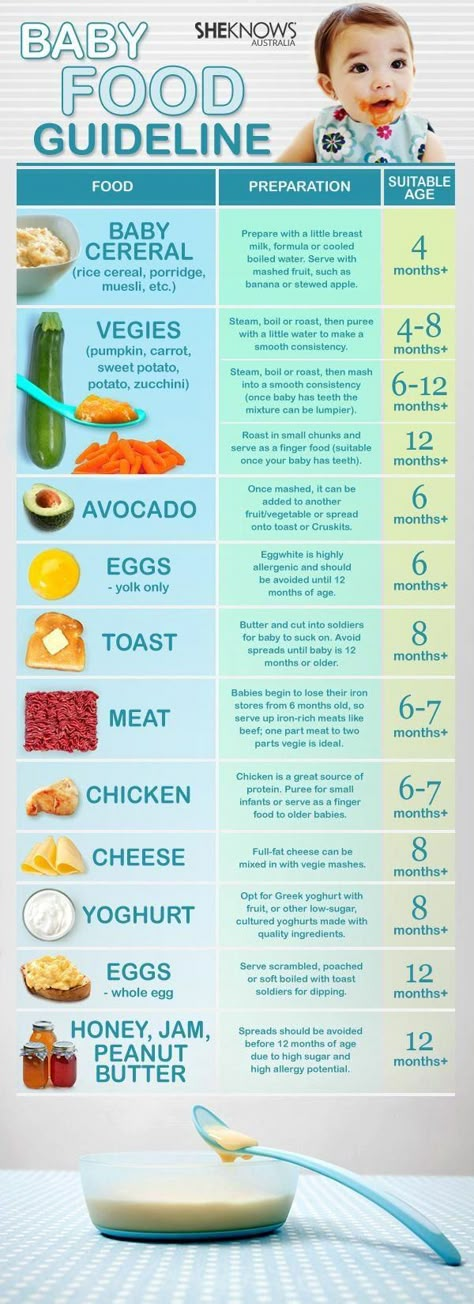
Therefore, the recommended dietary intake for iron for vegetarians is 1.8 times higher than for meat eaters.
Knowing this, If your family is a vegetarian, you may be concerned that your baby is at an even greater risk for iron deficiency.
However, the good news is there are so many great food sources, and with some planning, plant-based diets can be adequate in iron. Check out the tips section above.
Should infant rice cereal be a baby's first food?
Perhaps you were recommended by your doctor, family, or friends to start with iron-fortified rice cereal. This is outdated advice. While it is suitable, your baby does NOT need to start with rice cereal.
It's also high in arsenic, which you want to try to limit as much as possible. That’s not to say you shouldn’t give your baby rice at all, as it is a main staple in so many cultures, but you do want to be mindful.
Having said this, fortified infant cereal is a great option to help meet your baby's nutritional needs.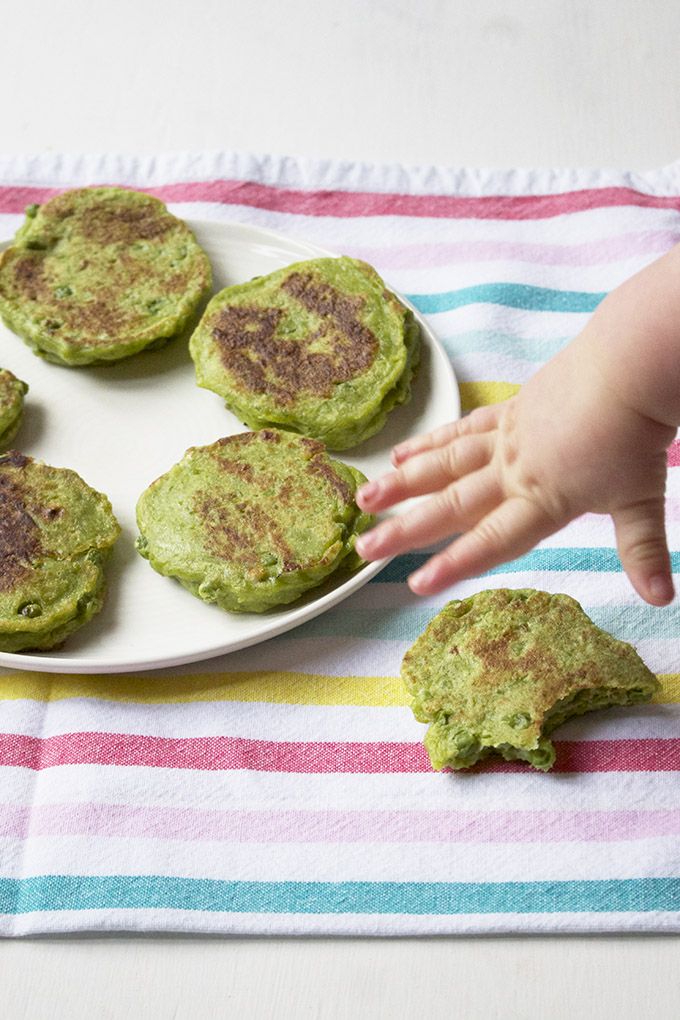 Look for ones made with whole grains, like oat, barley, quinoa, and buckwheat.
Look for ones made with whole grains, like oat, barley, quinoa, and buckwheat.
Iron-rich recipes for Babies and Toddlers
Breakfast/Snacks
Easy Quinoa Baby Cereal (4 Ways)
Making homemade baby cereal or porridge is SO easy and inexpensive! If you've only been serving rice or oat-based cereals, give this iron-rich quinoa version a try!
Get the recipe
Homemade Baby Oatmeal
Learn how to cook the perfect oatmeal for baby. It's easy, fast, and loaded with vegetables! Serve as is or shape into fingers or balls, baby led weaning style!
Get the recipe
Healthy Pumpkin Oatmeal Bars
These healthy oatmeal pumpkin bars are high in protein and low in sugar. A healthy no fuss breakfast or snack for your baby and toddler.
Get the recipe
3 Ingredient Baby Cookies
3 ingredients are all you need to make these soft and delicious vegan banana oatmeal cookies.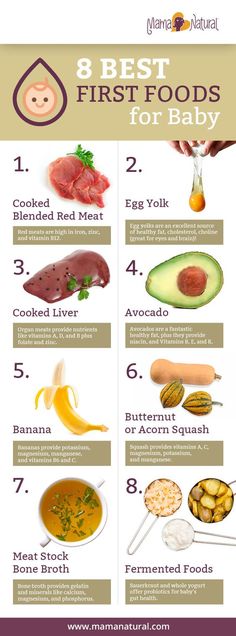 They are the perfect breakfast or snack for babies!
They are the perfect breakfast or snack for babies!
Get the recipe
2 minute egg oatmeal
These microwave egg oatmeals for babies, toddlers, kids, (and adults!) are SUPER easy to make and come together in 2 minutes! Enjoy as a filling protein and fiber-rich breakfast or snack.
Get the recipe
Savory Baked Oatmeal with Vegetables
This savory baked oatmeal is so easy to make and a great way to enjoy vegetables for breakfast! Perfect for baby led weaning and lunchboxes.
Get the recipe
Pumpkin Seed Spinach Hummus
this spinach hummus with pumpkin seeds instead of tahini is a healthy snack or meal for babies and toddlers. It is so versatile and here are some ways to serve it to your family.
Get the recipe
Vegan vegetable quinoa muffins
Made with healthy ingredients like broccoli, carrots, and quinoa, these egg and dairy-free vegetable muffins with quinoa are perfect for baby led weaning and school lunchboxes.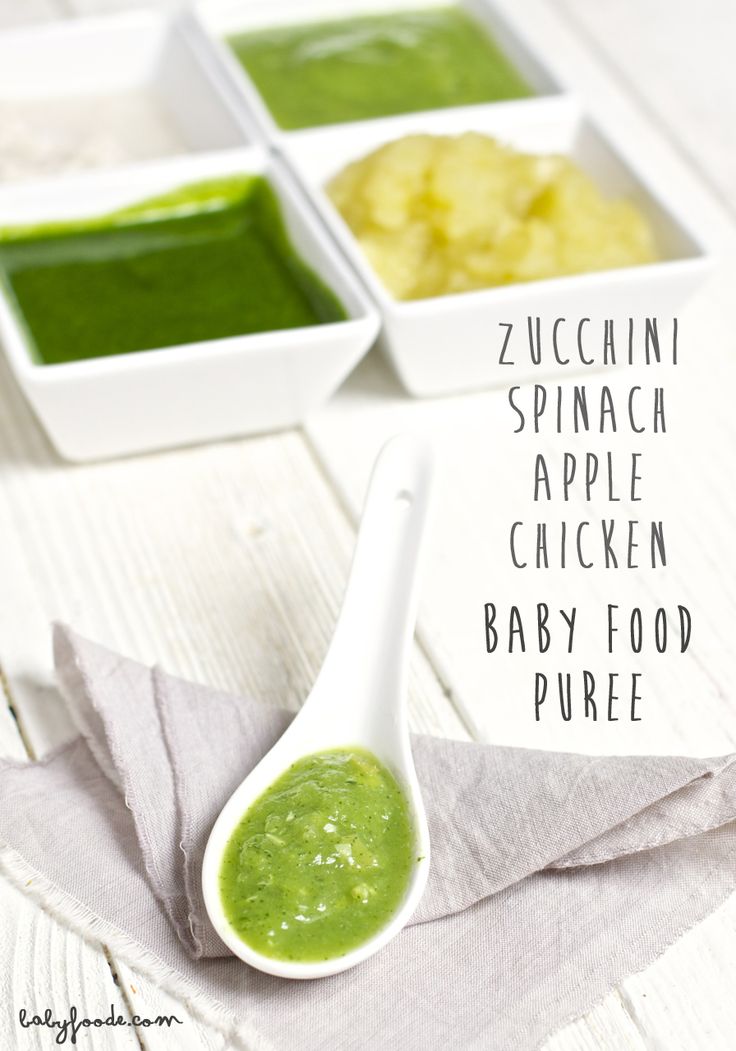
Get the recipe
Chickpea Patties (gluten free)
These flavorful chickpea patties with quinoa are easy to make with simple pantry staples. Shape them into patties or even nuggets
Get the recipe
Vegetable Omelette
Nutritious and easy to make, this baby-friendly omelette made with whatever veggies you have on hand is the perfect breakfast/snack for babies and toddlers!
Get the recipe
Healthy Sweet Potato Cookies
These super moist sweet potato cakes made with just 5 simple ingredients, including chickpeas, oats, and chia seeds, are perfect for babies and toddlers.
Get the recipe
Healthy Beet Muffins for Babies
Made entirely with healthy ingredients, like beans, peanut butter, and no added sugar, these blender muffins can be enjoyed as breakfast, snack, or added to lunchboxes!
Get the recipe
Moist Spinach Muffins
These healthy spinach muffins with banana are fluffy and moist in texture and packed with nutrition.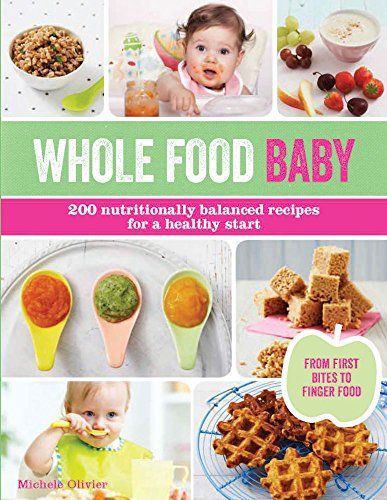 They are perfect for babies and kids.
They are perfect for babies and kids.
Get the recipe
Healthy Pumpkin Banana Muffins
These healthy pumpkin banana muffins are super moist and have the perfect balance of natural sweetness and warm fall flavors
Get the recipe
Beetroot Dip with chickpeas
4 nutritious ingredients, a food processor/blender, and dippers are all you need for this smooth, creamy, and vibrant beetroot dip for babies and toddlers!
Get the recipe
Tofu Veggie Scramble
Vegetarian breakfast of champions - tofu veggie scramble! It's a hearty and delicious plant-based alternative to scrambled eggs that your family can enjoy for breakfast, lunch, or dinner!
Get the recipe
Overnight Oats or Quinoa
These super easy and healthy sweet overnight oats or quinoa are the perfect make-ahead breakfast or snack for the whole family.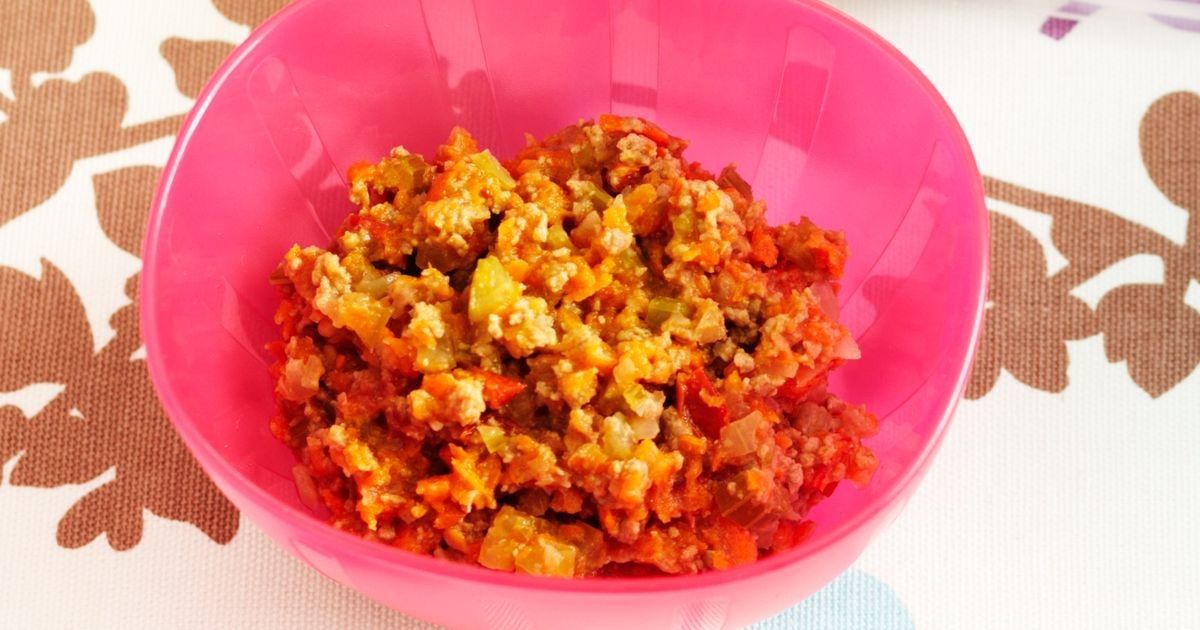 Feel free to customize with your favorite add-ins and toppings!
Feel free to customize with your favorite add-ins and toppings!
Get the recipe
Egg-Free Carrot Lentil Bars
Broccoli White Bean Pesto
This nut-free broccoli white bean pesto packs in so many nutrients with minimal effort! It’s a great way to incorporate veggies and important nutrients, like iron, into your baby and toddler’s diet.
Get the recipe
Salmon Quiche - Baby Led Weaning
Healthy crustless salmon quiche that the whole family can enjoy, including babies 6 months and older! Perfect for breakfast, snack, and lunchboxes.
Get the recipe
Mexican Lentil Muffins
Looking for a healthy savory vegetable muffin for kids? These Mexican lentil muffins are moist and packed with essential nutrients that babies and toddlers need.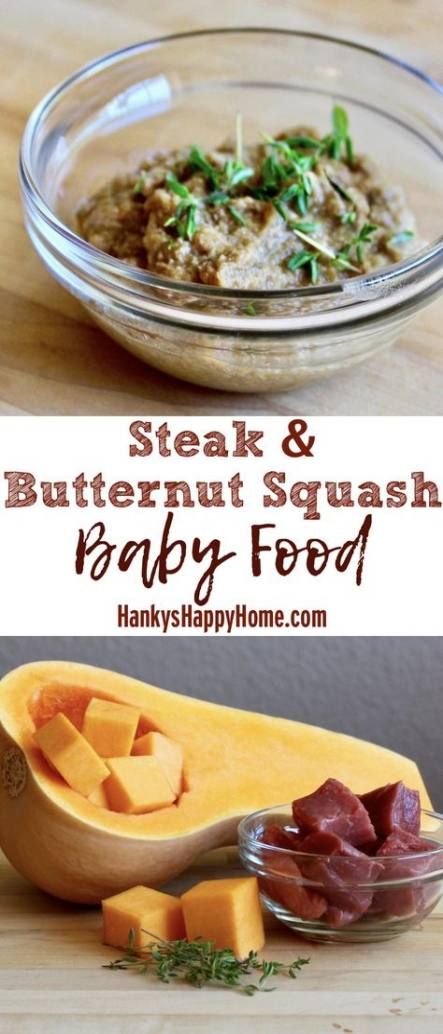
Get the recipe
Lunch/Dinner Ideas (with meat)
rice porridge for babies
Super easy to make, this beef and vegetable rice porridge for babies is easy-to-digest, nutritious, and suitable for 6 months and up.
Get the recipe
Healthy Beef Meatballs
These healthy beef meatballs are made with just 5 simple ingredients and are egg free and dairy free. Tender and flavorful, these are perfect for babies and kids of all ages!
Get the recipe
Baked Quinoa and Mushroom Beef Meatballs
baked meatballs made with ground beef, mushroom, and quinoa. It's the ultimate comfort food that can be enjoyed as is or with pasta, vegetables, salads
Get the recipe
How to Cook Chicken for Babies
Introduce chicken to your baby with confidence with these cooking tips and recipes! Whether you are doing purees, baby led weaning, or both, chicken is a wonderful first food, loaded with iron.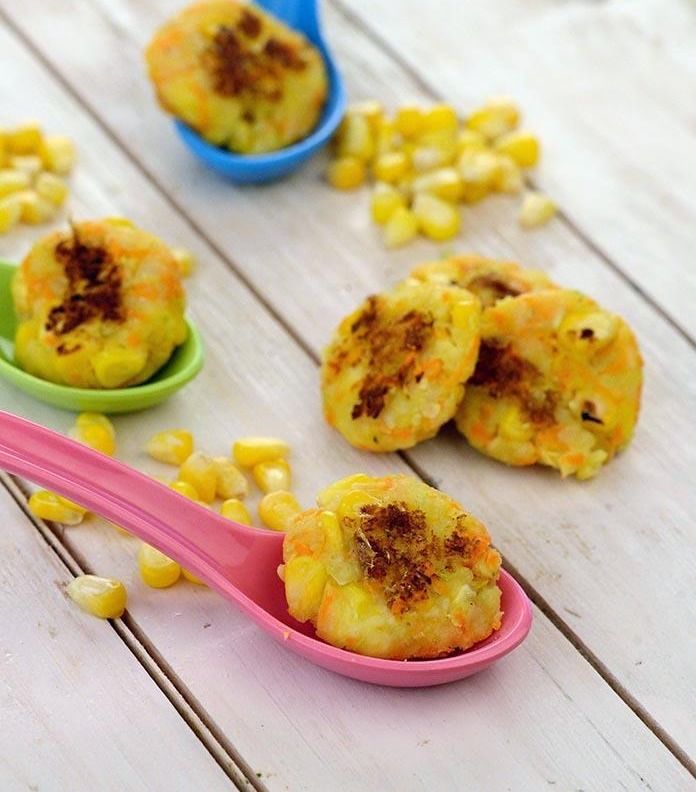
Get the recipe
How to Roast a Turkey Breast
Learn how to roast a turkey breast perfectly for a holiday meal or everyday dinner. Crispy golden brown skin, juicy and flavorful, it's a guaranteed crowd pleaser.
Get the recipe
Turkey Meatballs with rice
These oven baked kid-friendly turkey and rice meatballs are the perfect iron-rich finger food for your baby, children of all ages, and adults!
Get the recipe
Kid-friendly Turkey Beet Meatballs
These oven-baked turkey beet meatballs are quick and easy to prepare, healthy, and most importantly baby and toddler approved!
Get the recipe
Mini Shepherd's Pie Muffins
A quick and easy, baby and kid-friendly twist on an Irish classic comfort food, these mini shepherd pie muffins are filled with beef, vegetables and topped with creamy mashed potatoes
Get the recipe
Pressure Cooker Steak Fajitas
Super juicy and flavorful, this pressure cooker steak fajitas recipe for babies and kids is perfect for busy weeknights.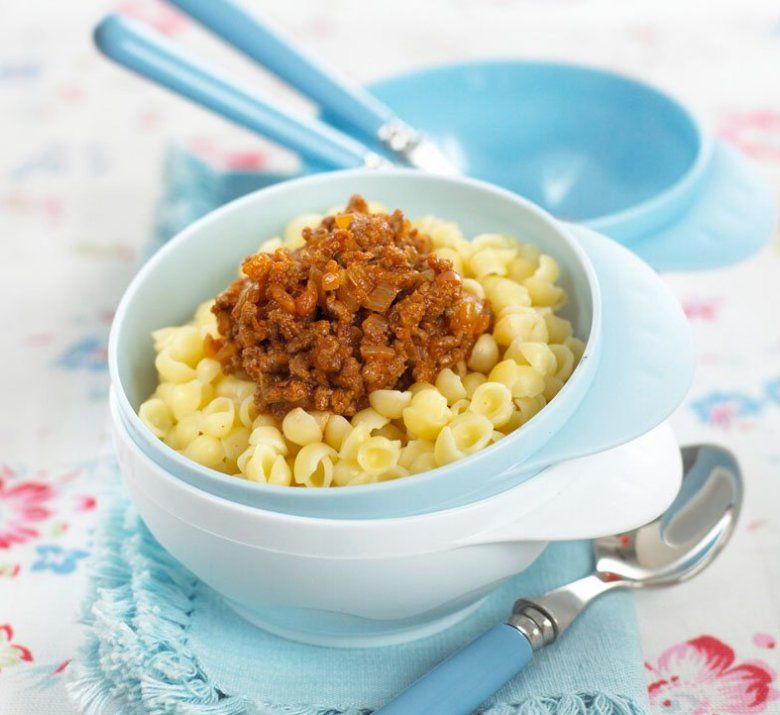
Get the recipe
One Pot Cabbage Lasagna
EASY and healthy no noodle lasagna made in one pot and ready in 30 minutes! This cabbage lasagna is a hearty, oh so comforting meal that the whole family, including your baby, can enjoy together.
Get the recipe
Baby-Friendly Korean Bulgogi
This baby-friendly Korean bulgogi is easy to make and perfect for your baby, toddler, and family! If you’re looking for a baby led weaning recipe and healthy kid friendly meal on a budget, make this today!
Get the recipe
Easy Bolognese with Vegetables
This kid-friendly veggie-loaded meat sauce with ground beef and medley of vegetables is hearty, filling, and nutritious!
Get the recipe
Orange Sesame Chicken with Vegetables
a healthy Asian chicken recipe that’s low in sodium, this skillet orange sesame chicken with vegetables is perfect for babies and the family.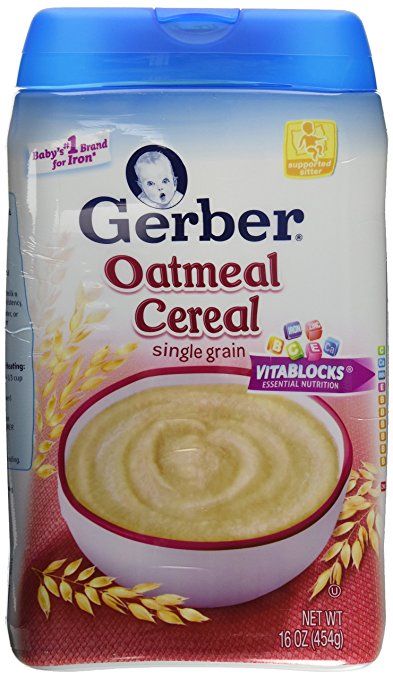
Get the recipe
Low-Sodium Moo Goo Gai Pan
Chinese mushroom chicken stir-fry dish loaded with vegetables! This version is made baby and toddler-friendly with less sodium but plenty flavorful for the entire family to enjoy!
Get the recipe
Vegetable Beef Soup with Cabbage
This vegetable beef soup with cabbage is a healthy comfort meal and makes for a great way to incorporate more vegetables into your baby or kid’s diet.
Get the recipe
Homemade Hamburger Helper
This baby and kid-friendly homemade hamburger helper is made with ground beef, veggies, and staple pantry items. It's the ultimate one pot comfort meal!
Get the recipe
Healthy Korean Beef and Broccoli Quinoa
If you're in search of an easy, healthy weeknight meal, this Korean ground beef and broccoli quinoa is for you! It tastes like bulgogi and this one pot meal is also baby and toddler-friendly!
Get the recipe
Instant Pot Korean Chicken and Potatoes
If you're in need of a quick and easy weeknight family meal, here's an Instant Pot Korean chicken and potatoes recipe that everyone, including babies, will enjoy!
Get the recipe
Healthy Sweet and Sour Meatball Stir-Fry
A healthy, Asian family-friendly meal that you can get on the table in 30 minutes or less! This easy one-pot sweet and sour meatball stir-fry is baby and kid-friendly!
Get the recipe
Easy Stuffed Shells with Meat
These stuffed shells with ground beef and vegetables are a hearty make ahead dinner or freezer meal for the whole family to enjoy!
Get the recipe
Low Sodium Baked Spaghetti Pie
Baked spaghetti pie with ricotta that's healthy and easy to whip up.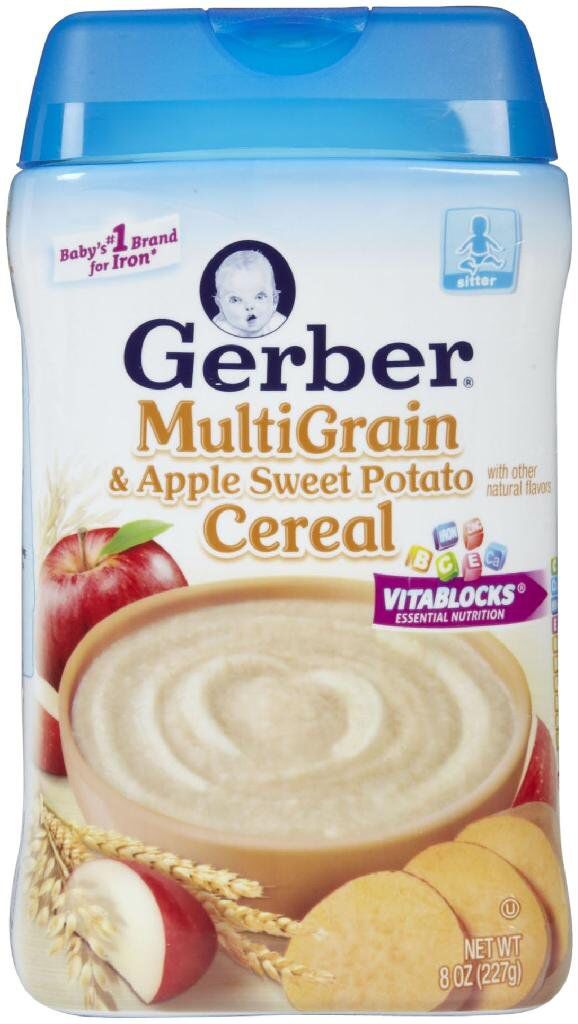 It's the perfect comfort food recipe for the entire family!
It's the perfect comfort food recipe for the entire family!
Get the recipe
Instant Pot Peanut Chicken and Broccoli
Another EASY, 30 minute weeknight meal you can enjoy with your baby and kids! This Instant pot chicken and broccoli is also a great way to continue exposing your child to one of the top food allergens, peanuts.
Get the recipe
Chicken Spinach Quinoa Casserole
A baby and kid-friendly comfort meal you don't want to miss! This chicken spinach quinoa casserole with black beans is super easy to make and loaded with iron and protein.
Get the recipe
Lunch/Dinner Ideas (vegetarian)
Cooking Beans for Babies (3 Methods)
Beans are terrific first foods for babies! Here are three methods for cooking dried beans.
Get the recipe
Iron-rich baby pasta
A baby pasta recipe that is loaded with iron and vegetables!
Get the recipe
Carrot and Lentil Soup
This carrot and lentil soup tastes like you spent hours in the kitchen but only takes 30 minutes to make! It's hearty, nutritious, and super flavorful.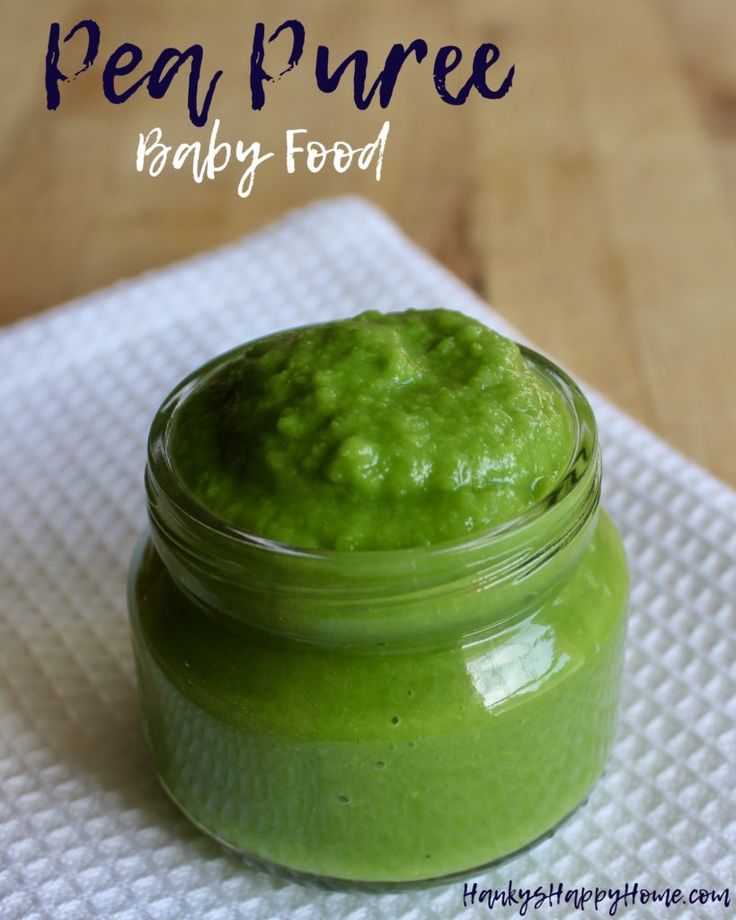
Get the recipe
Slow Cooker Lentil Chili with Chickpeas
Thick and hearty, this vegetarian slow cooker chickpea lentil chili is sure to keep your baby and child happy and nourished. It's also an incredibly iron-rich meal!
Get the recipe
Teriyaki glazed salmon
If you’re looking for a quick and easy salmon recipe for your baby and the entire family, look no further than this teriyaki glazed salmon.
Get the recipe
Vegetarian Sweet Potato Lasagna with Quinoa
This vegetarian sweet potato lasagna with quinoa requires no boiling of noodles and assembly couldn't be easier!
Get the recipe
How to Cook Tofu for Baby Led Weaning
Introduce tofu to your baby with confidence with these cooking tips and recipes! Whether you are doing purees, baby led weaning, or both, tofu is an amazing first food.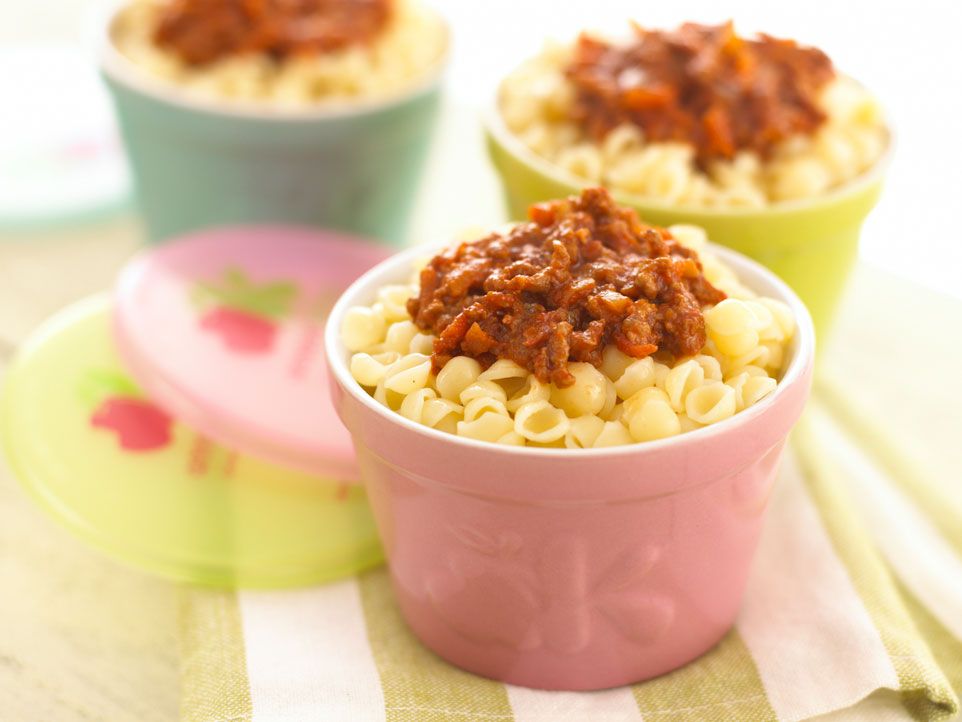
Get the recipe
Non-Spicy Korean Tofu Soup
This non-spicy Korean tofu soup, or sundubu jjigae, is warm and comforting, and perfect for the entire family to enjoy, especially babies and toddlers.
Get the recipe
Vegan Creamy Tomato Pasta
Made with simple pantry ingredients, this vegan creamy tomato pasta is perfect for babies and kids with a dairy allergy. It is super versatile and easy to make!
Get the recipe
One Pot Vegetarian Mexican Lentils
Made with pantry staples like lentils, black beans, and sweet potatoes, this one pot vegetarian mexican lentils is the perfect busy weeknight meal.
Get the recipe
Easy baked shrimp cakes
Super juicy and tender, these baked Asian shrimp cakes are baby and kid-friendly! Of course, the adults can enjoy them too.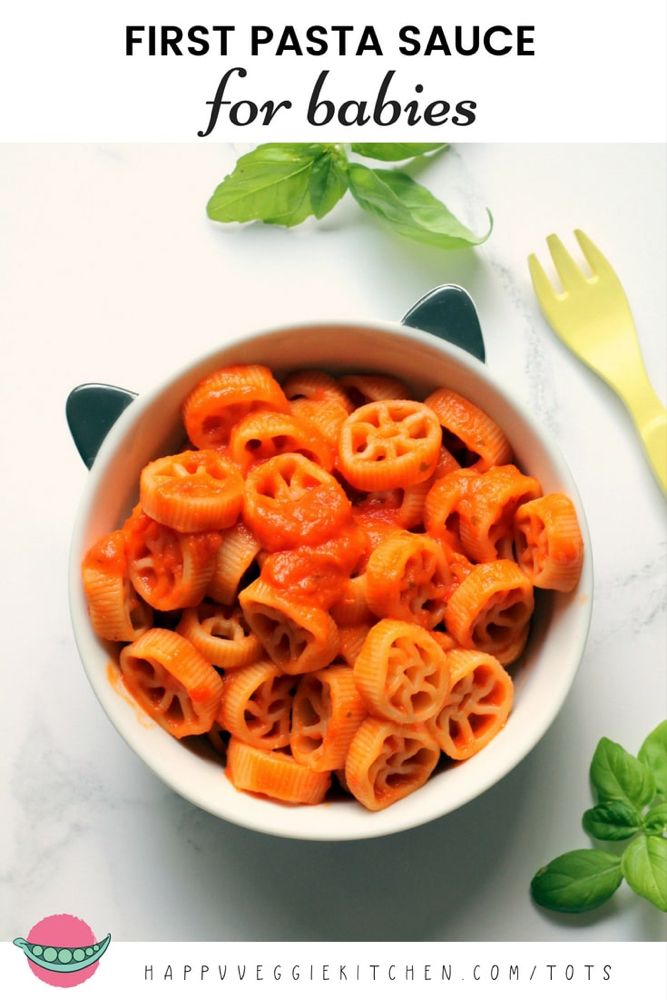
Get the recipe
Easy Salmon Bean Salad
This mayo-free, refreshing yet hearty salmon bean salad couldn’t be easier to make! You can serve with crackers, vegetables, bread, salad, cheese, or whatever you fancy!
Get the recipe
Eggplant Lasagna Roll-Ups
This easy, gluten-free baked eggplant lasagna roll ups with meat is the perfect , healthy comfort food that the entire family will enjoy!
Get the recipe
3 Month Meal Plan for Babies
All the images of baby plates you see in this post are exactly what I served my daughter during our first three months of starting solids.
From speaking to hundreds of parents and caregivers, it was clear that the greatest challenge is how to ensure their baby is getting optimal nutrition while trying to juggle everything and get through the day.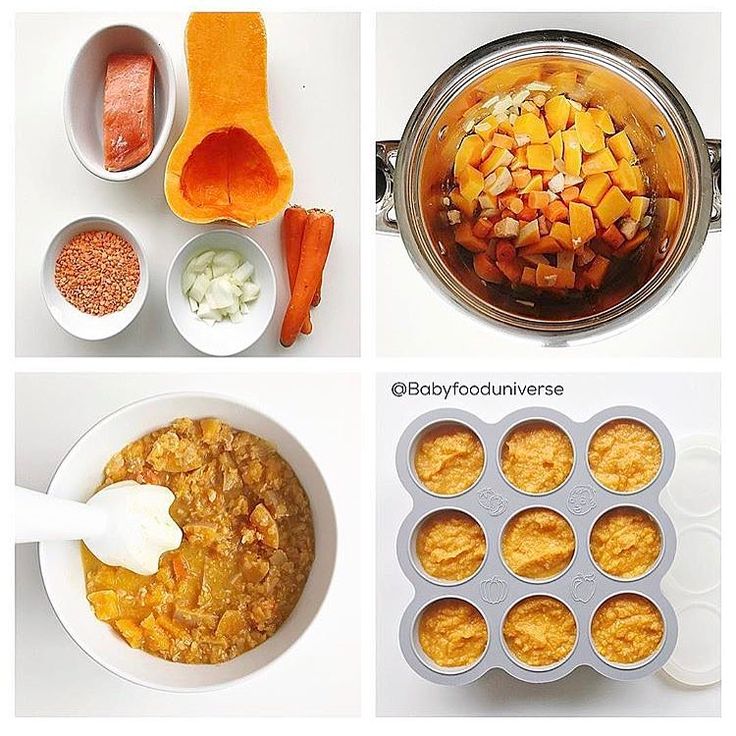
It can feel so overwhelming and frustrating. And that's why I created my 3 month program - Baby Led Feeding Journey.
I'm here to hand you a complete roadmap. Everything all in one place.
There's SO much this program offers but don’t take my word for it. You can find out more here as well as hear from other moms who've gone through it.
Do you want to minimize picky eating and set a solid foundation for a lifetime of healthy eating habits?
Check out this 3 month mastering self-feeding program! It’s the closest thing to me being in your kitchen
Recipes rich in iron for babies - Zdorovye
Advised by nutritionist Guna Riikure and Little Not an Adult Campaign Herald Laura Grevinya
The nutritional requirements of a small child are much higher than that of an adult - a toddler should receive up to seven times more trace elements. One of the micronutrients, the deficiency of which in children both in Latvia and in the world, is most often observed is iron.
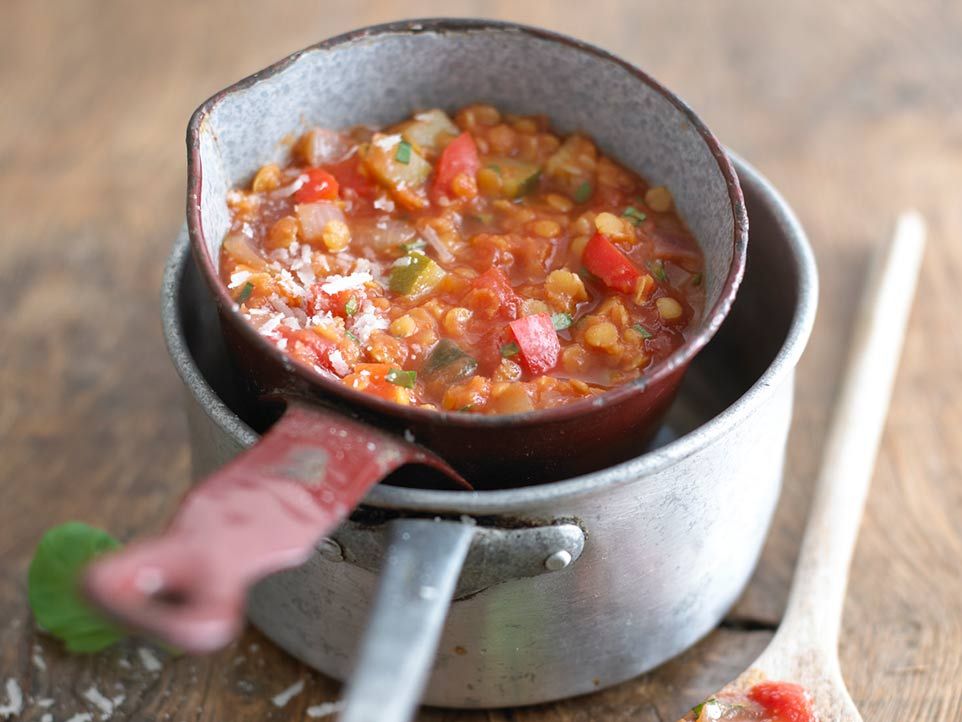
For your baby to grow up healthy and strong, iron-rich foods should be an integral part of his diet. Inspiring parents to prepare healthy, micronutrient-rich, and baby-friendly foods, Little Not Adult Campaign Herald Laura Grevigne and nutritionist Guna Riikure offer two lunchtime recipes that are quick and easy to prepare to give your baby the daily iron they need.
A 1-3 year old child needs 5.5 times more iron per kilogram of body weight than an adult. Iron is required for the physical and mental development of the child - this microelement gives the baby energy, provides muscle functions, and is “responsible” for the development of the brain. The daily dose of iron depends on the age and weight of the baby, but on average a child of 1-3 years old needs to receive about 8 mg of iron per day. If the child does not have enough iron, then he will be lethargic and painful; the baby may have dry hair and nails, pale skin. When a child suddenly begins to eat inedible things, such as clay, lime or earth, this may indicate a lack of iron in the body.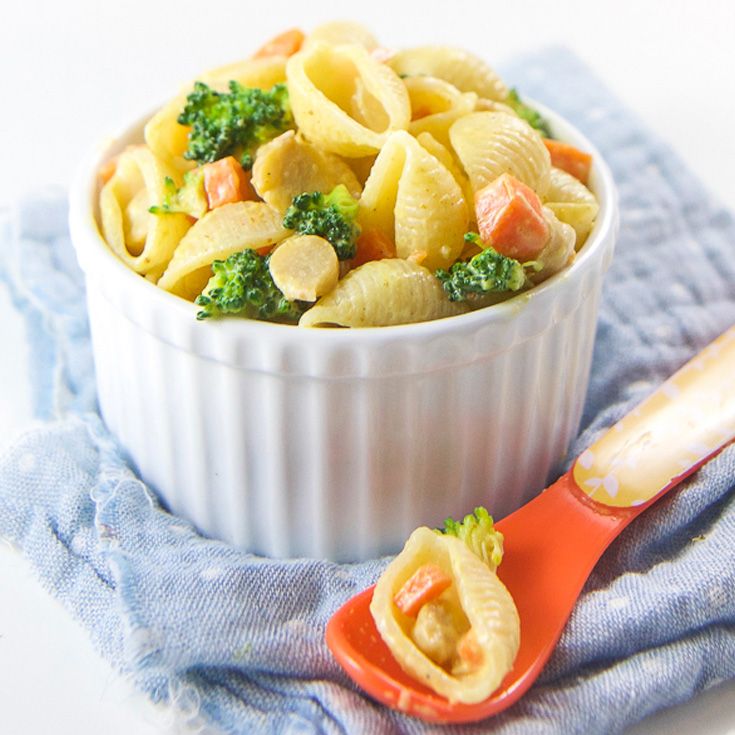
puree from a battery with beetroot-meat balls
on 4 persons / for the whole family
1 kg of battal
30 g of butter
Salt pinch 1 teaspoon of dried or fresh Timyan
500 g ground beef
1 boiled beetroot
A pinch of salt
½ teaspoon thyme
1 garlic clove
½ teaspoon red paprika powder
08
Preparation: Peel the sweet potato, cut into cubes and boil.
Drain the water. When the sweet potato has cooled to about 40C, add salt, oil,
thyme and mix everything in a blender.
Grate beets and mix with minced meat and spices. Make balls.
Fry the balls in a hot pan or oven
on baking paper (15 minutes at 190 degrees).
Serve sweet potato puree with beet and meat balls.
Green pancakes from broccoli and millet
8 portions
50 g of broccoli
25 g of millet
2 Eggs
20 g of grated cheese
9000 g of whole -grain wheat flour 9000Preparation:
Rinse the millet.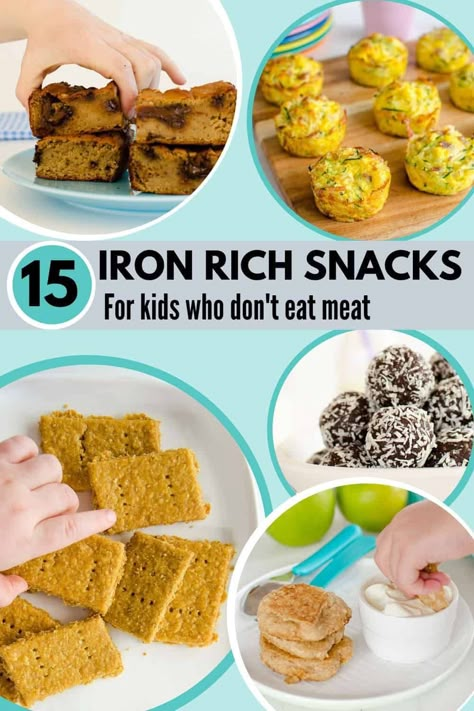 Boil water and pour millet into it. Boil for 15-20 minutes. Grate broccoli. Mix the egg with the finished mixture of artificial milk, cheese and millet.
Boil water and pour millet into it. Boil for 15-20 minutes. Grate broccoli. Mix the egg with the finished mixture of artificial milk, cheese and millet.
Mix flour with baking powder and salt.
Add millet, stir and fry on a hot pan on both sides.
In order to increase parental awareness and remind them of nutrition suitable for babies after one year, Aptamil3, in collaboration with experts, has launched an educational campaign for parents "Little Not Adult". During the campaign, it is planned not only to teach parents the principles of baby nutrition, but also to share cooking recipes in master classes led by Laura Grevini, where mothers will learn how to cook food suitable for their babies.
More information about nutrition suitable for babies over one year old here , and parents ask themselves the question “Does he have enough vitamins?”. Vitamin C contributes to the absorption of iron, which is why it is so necessary to include fruits and vegetables in the diet.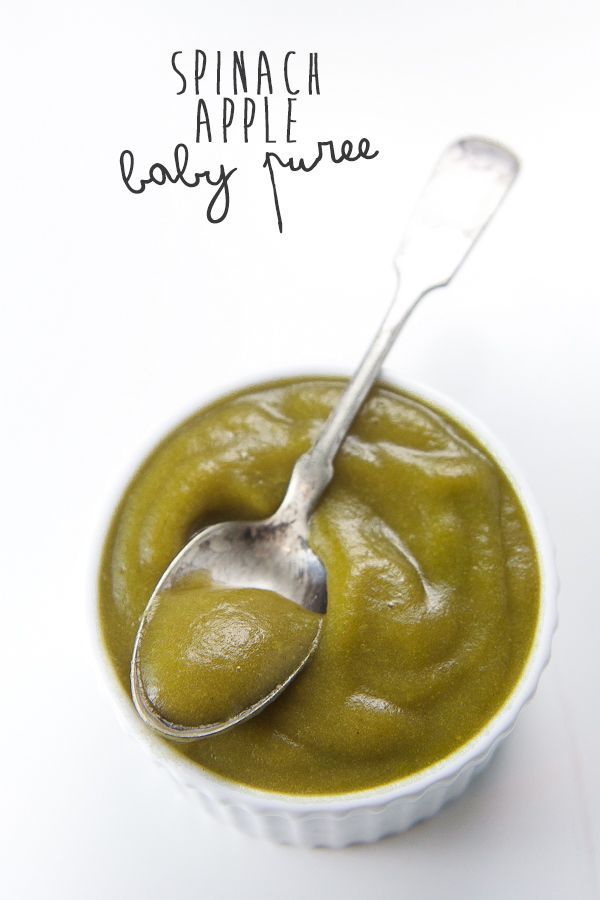 It is important to know that children at risk of anemia fall into the following categories:
It is important to know that children at risk of anemia fall into the following categories:
- Infants born prematurely; iron stores are deposited during the last few months of pregnancy.
- Infants who were of low birth weight, regardless of gestational age.
- Infants whose mothers were malnourished during pregnancy or who have diabetes.
Our bodies require iron to carry the protein compound hemoglobin to carry oxygen throughout the body. Until 6 months of age, iron stores should not be replenished with both artificial and breastfeeding of healthy full-term infants. You should also keep in mind that the iron reserve in the baby's body will not suddenly start to decrease!
Formula-fed healthy and term infants are rarely prone to iron deficiency due to its high content in formula milk. Healthy and full-term babies who are exclusively breastfed are also not susceptible to iron deficiency if the baby does not start eating adult foods before 6 months of age.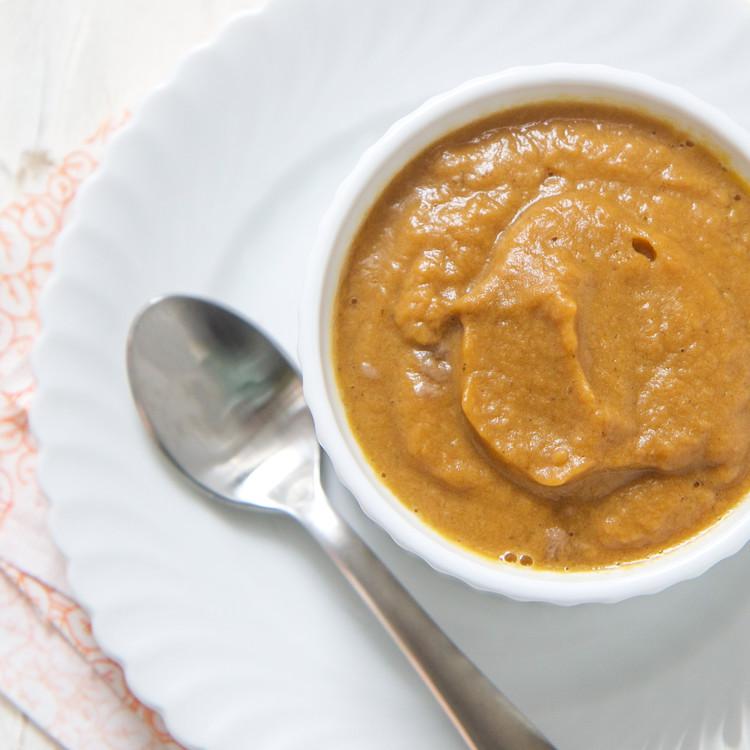
Introducing adult foods too early can actually change an infant's iron levels. When breastfeeding, the baby receives the necessary amount of iron through mother's milk.
Most breastfeeding babies do not need any additional nutrition, eg water, vitamins, iron, for at least the first six months of their lives.
Human milk provides the baby with all the necessary vitamins: liquid and nutrients to keep the baby healthy. Around the age of six months, you need to start introducing iron-fortified foods into your baby's diet. Your pediatrician may prescribe vitamin D or iron supplements if needed.
When introducing complementary foods, it is necessary to supplement mother's milk with iron-containing products at the age of the baby from 7 years older. In the diet of infants up to a year with artificial feeding, a milk mixture with iron should be present.
Now let's see how much iron is in 1 tablespoon of the following common baby foods:
Broccoli 1.1 mg
Potato 1.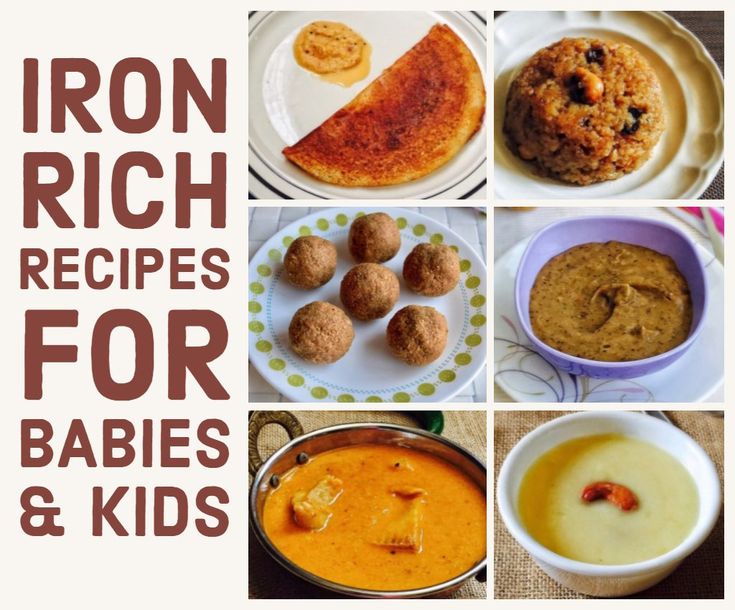 7 mg
7 mg
Beef 2.9 mg
Chicken meat 1.5 mg
Egg yolk 7.2 mg
Contents:
If the baby does not have enough iron, he may experience the following symptoms:
- slow weight gain
- no appetite
- pale skin
- low activity level, but high irritability (moody and fussy)
What is the recommended daily dose of iron for a child?
WHO recommendations for preventing iron deficiency and maintaining adequate iron stores in individuals on a mixed diet.
Mother's milk contains vitamin C
As the infant grows, it is possible to increase iron absorption with natural foods when meat foods are eaten with foods containing vitamin C at the same time. Consuming cereals with fruits that contain vitamin C will help absorb the iron found in the grain product.
Eating foods high in vitamin C in your baby's diet will help the body absorb the iron found in most foods. Most of the iron received by the body is non-heme iron; This type of iron has less bioavailability and is absorbed in smaller amounts by the body.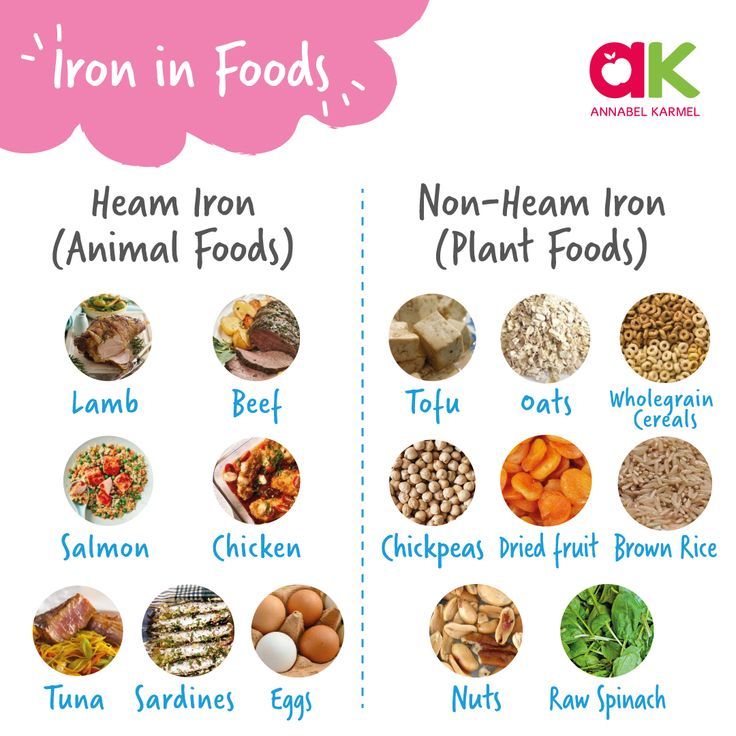 It turns out that vitamin C helps to make full use of iron.
It turns out that vitamin C helps to make full use of iron.
Most pediatricians will recommend serving cereals along with fruit and vegetarian meals. As the child gets older, you can expand his menu and serve fruits, meat (for example, chicken), vegetables and yogurt - a balanced diet.
Foods fortified with vitamin C
- Citrus fruits
- Berries
- Green vegetables (such as broccoli and cabbage)
- Peaches
- Bananas
- 0109
- Tomatoes
Iron deficiency is rare in breastfeeding within 6 months of life. Iron is present in breast milk. Although human milk does not contain large amounts of iron, it is very well absorbed. Approximately 50 percent of the iron in mother's milk is absorbed by the baby's body, compared with 7-12 percent in formula. Because a full-term baby's iron stores begin to decline around six months of age, adult foods can help meet a baby's growing iron and protein needs at the same time.